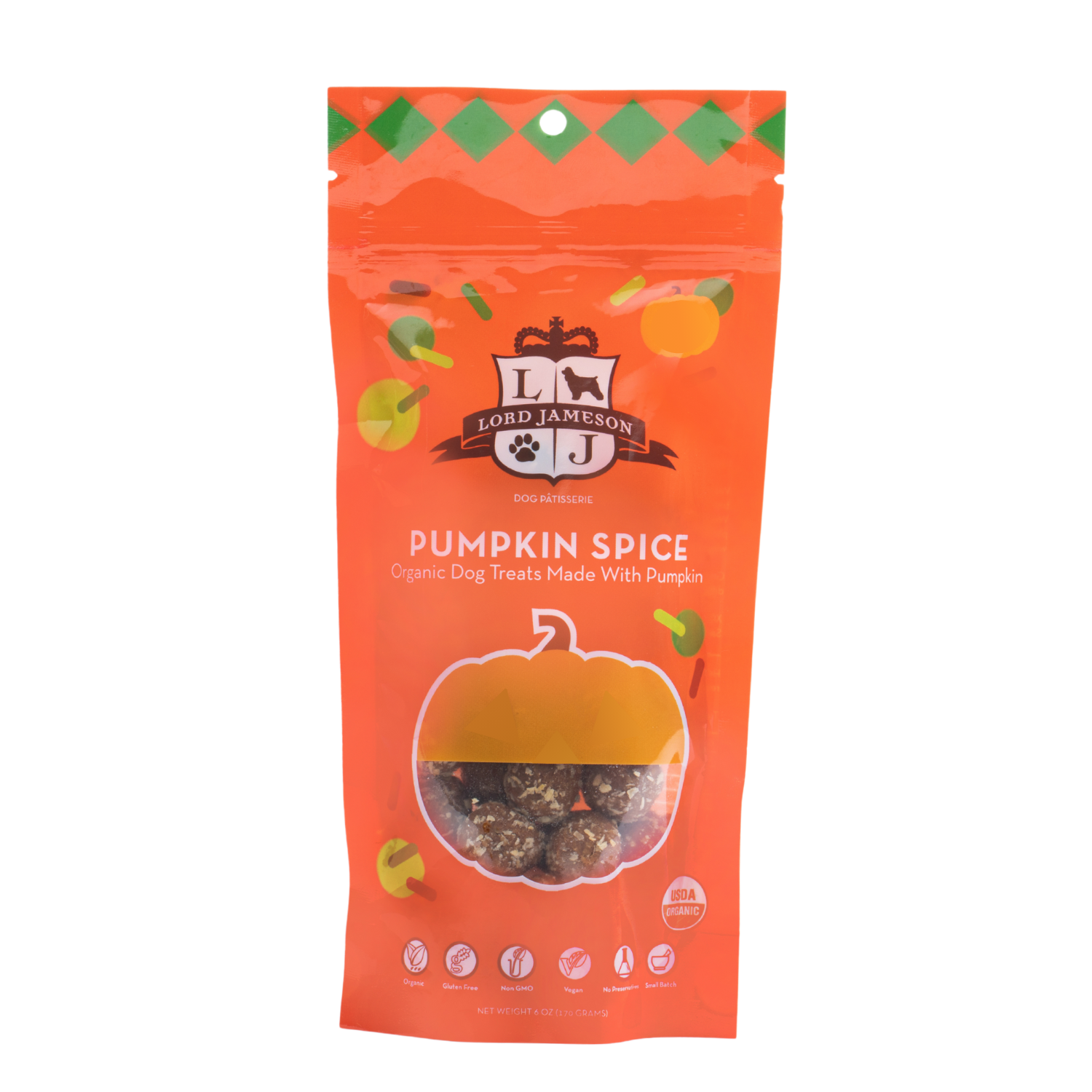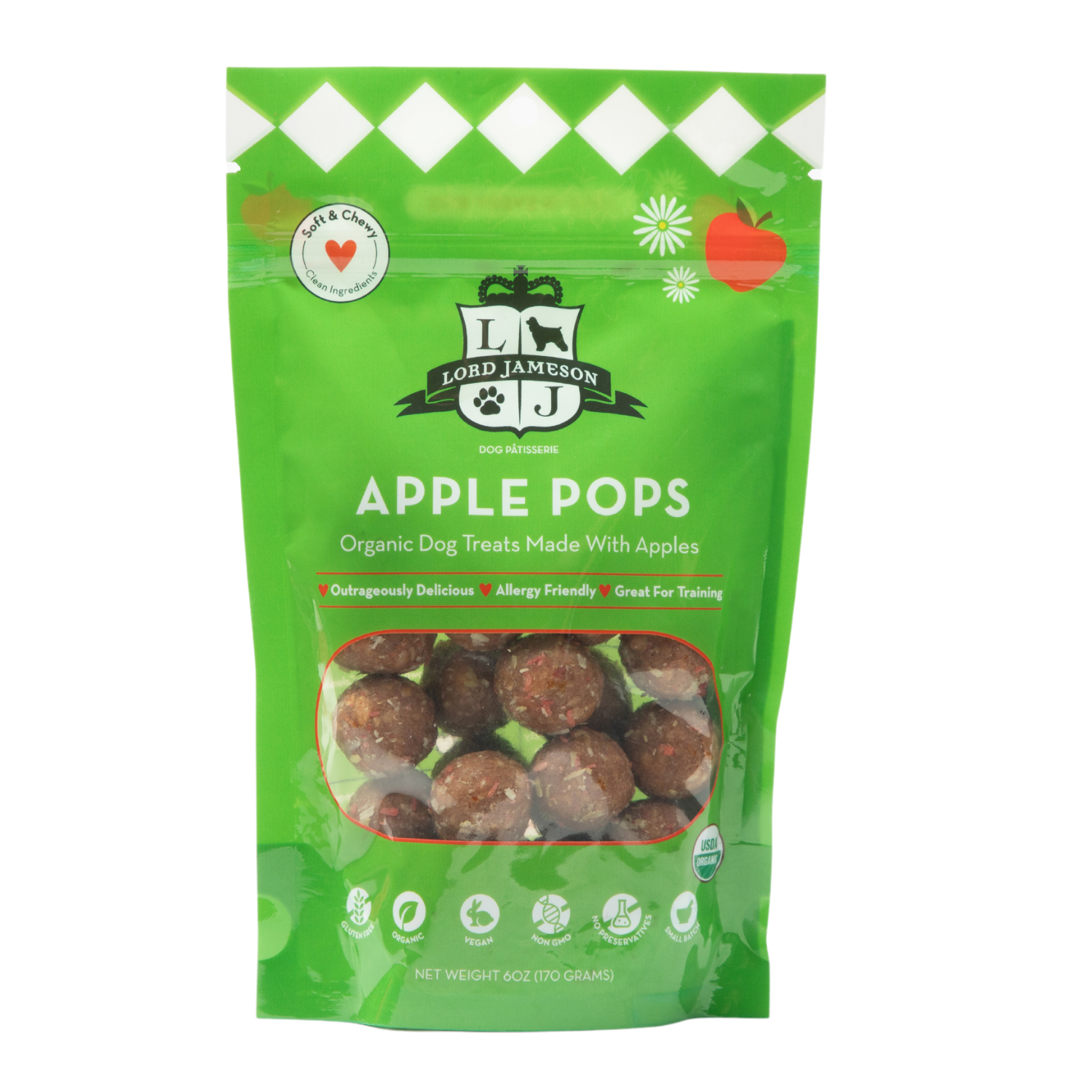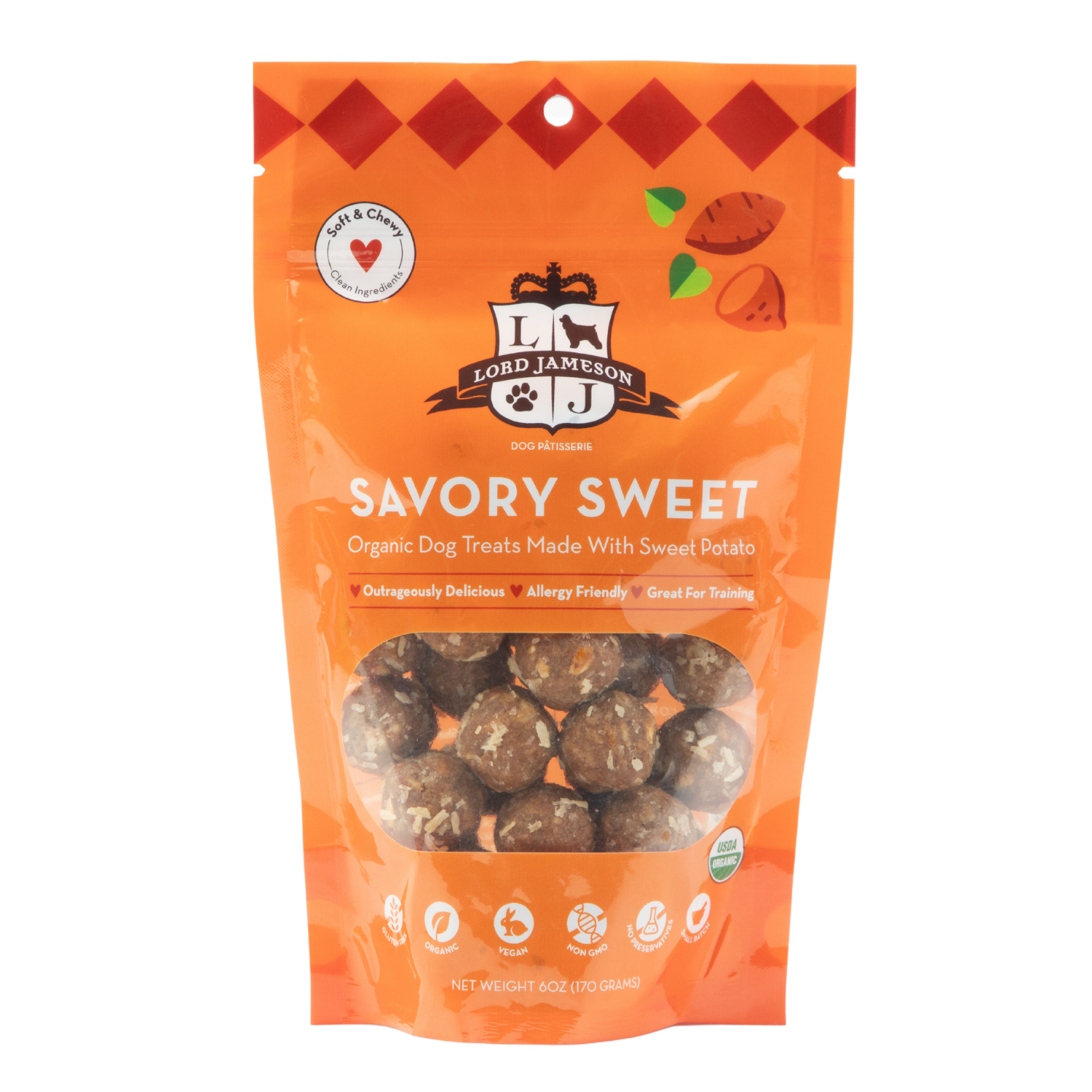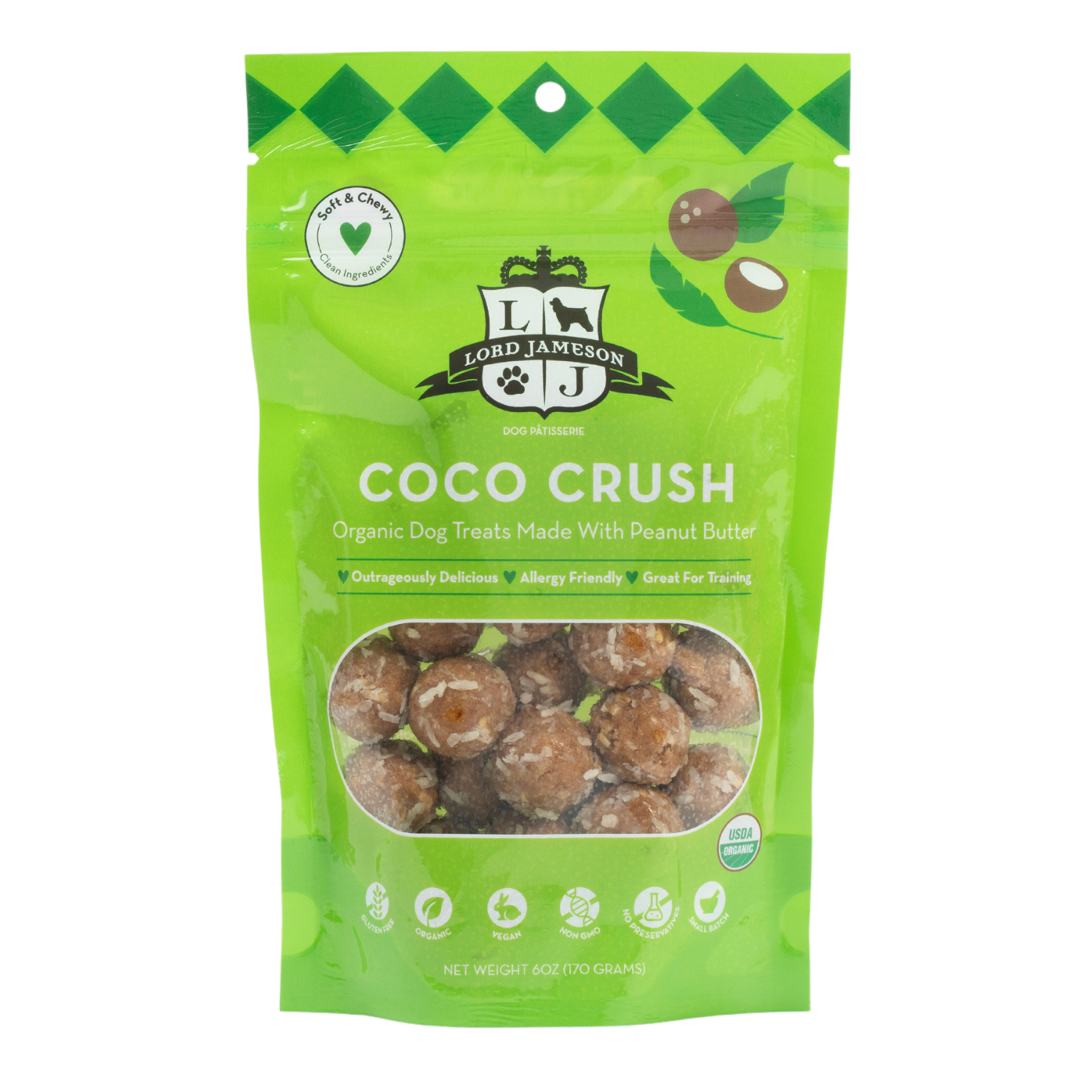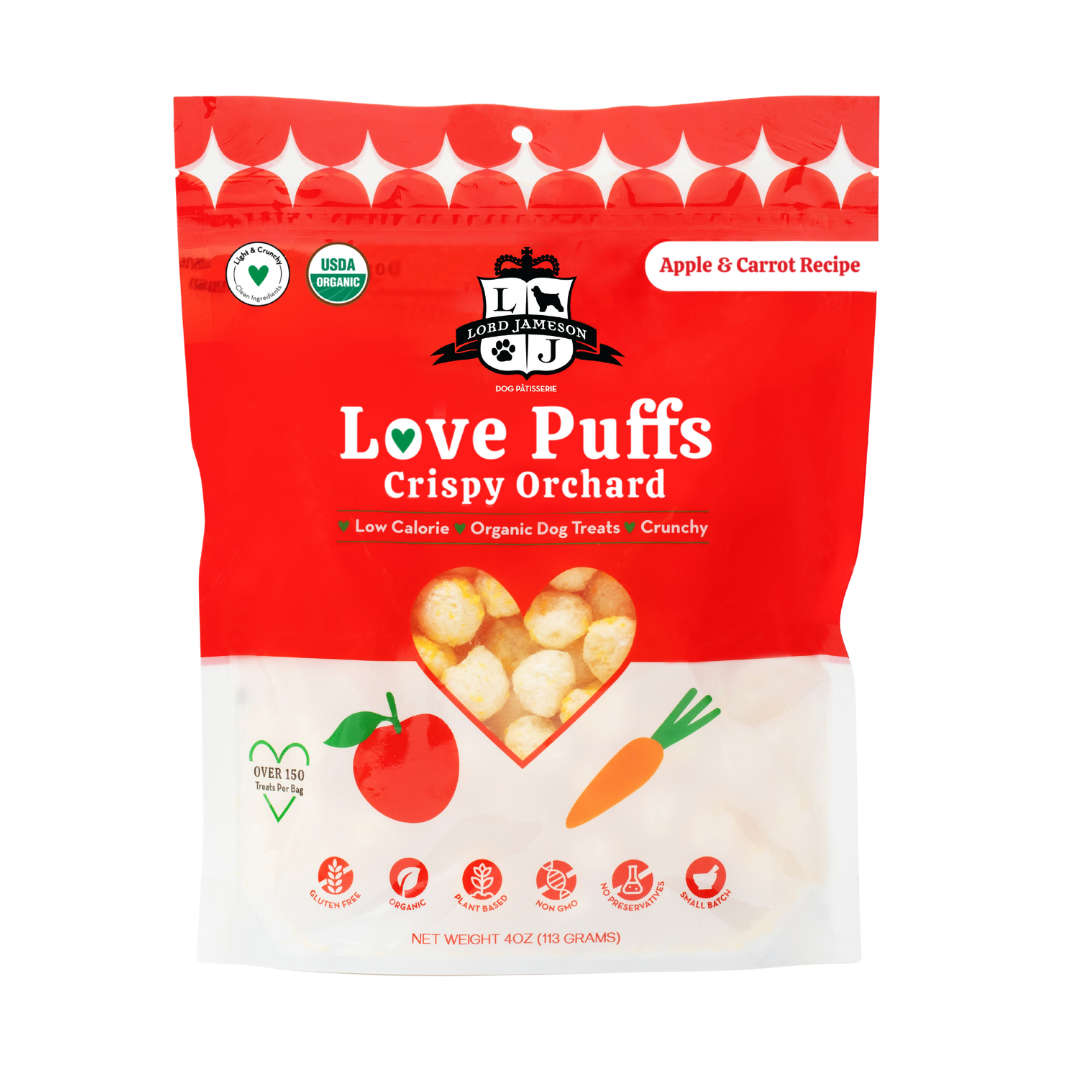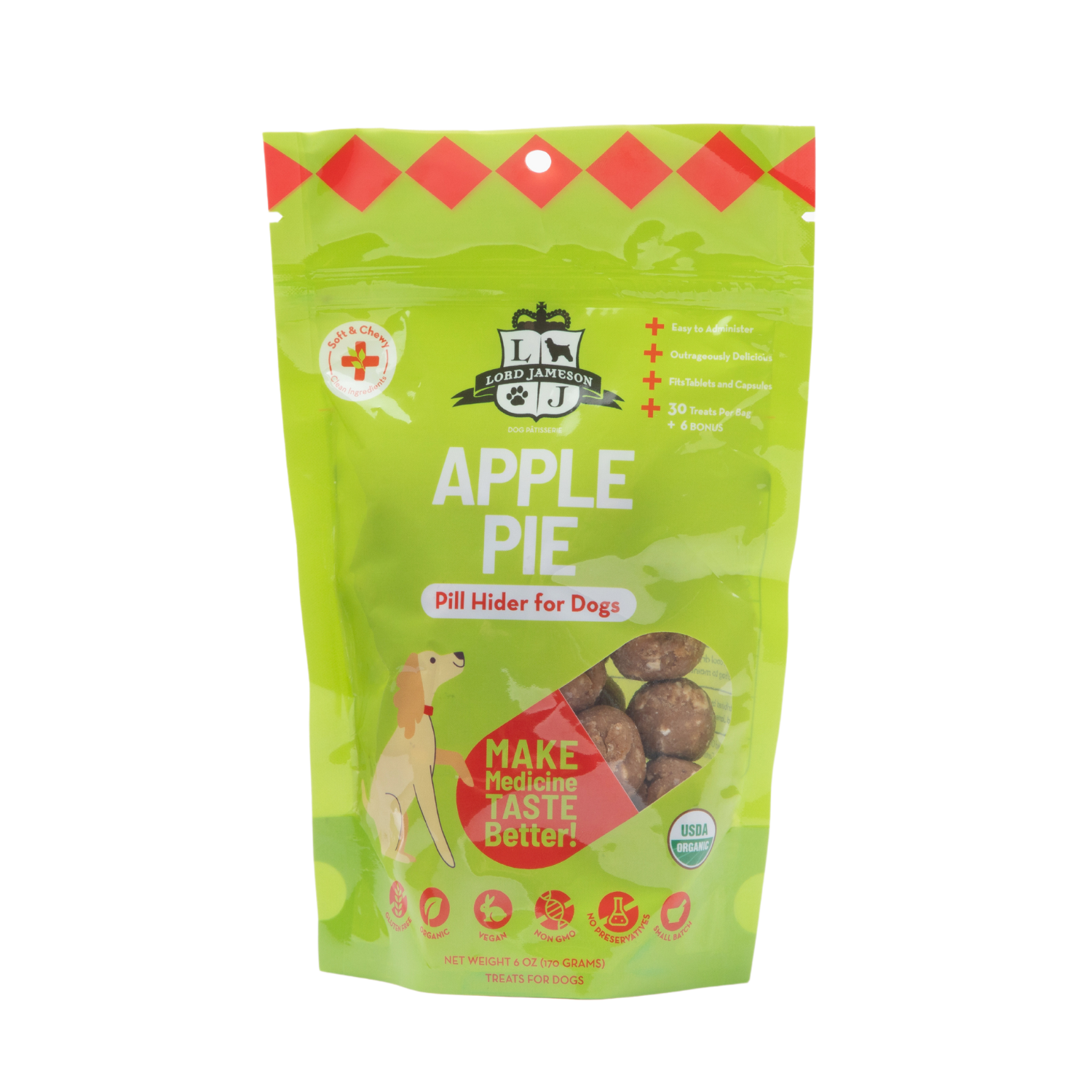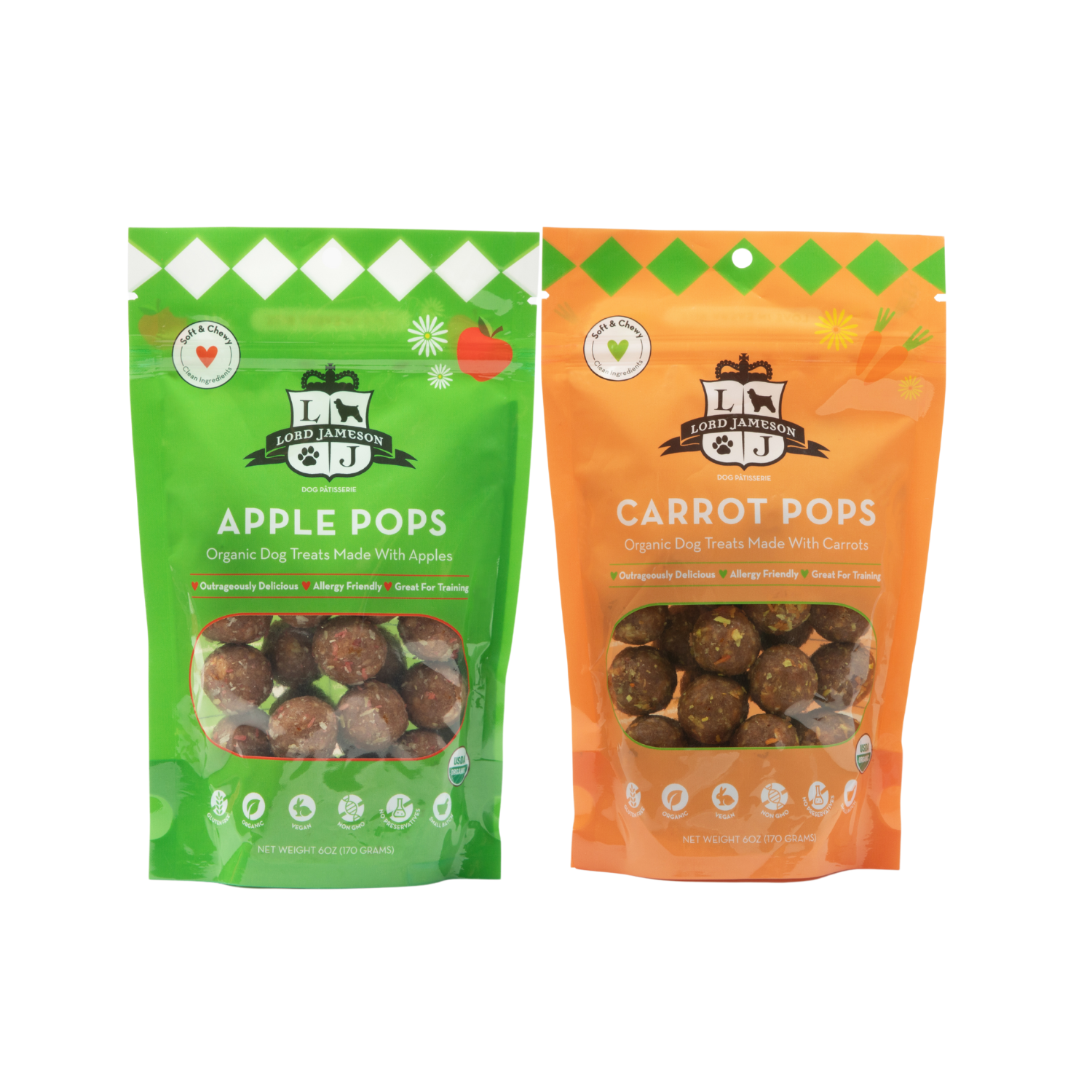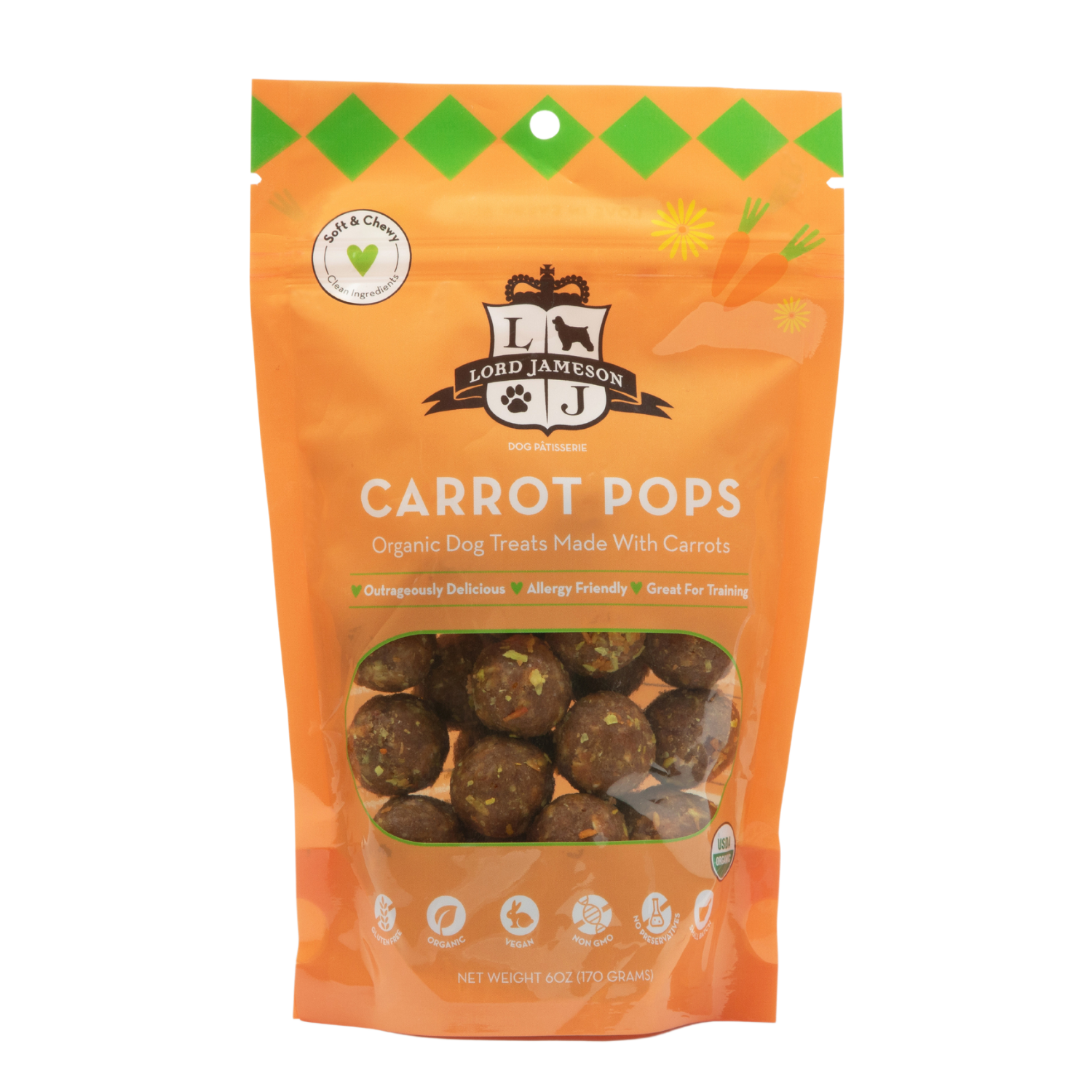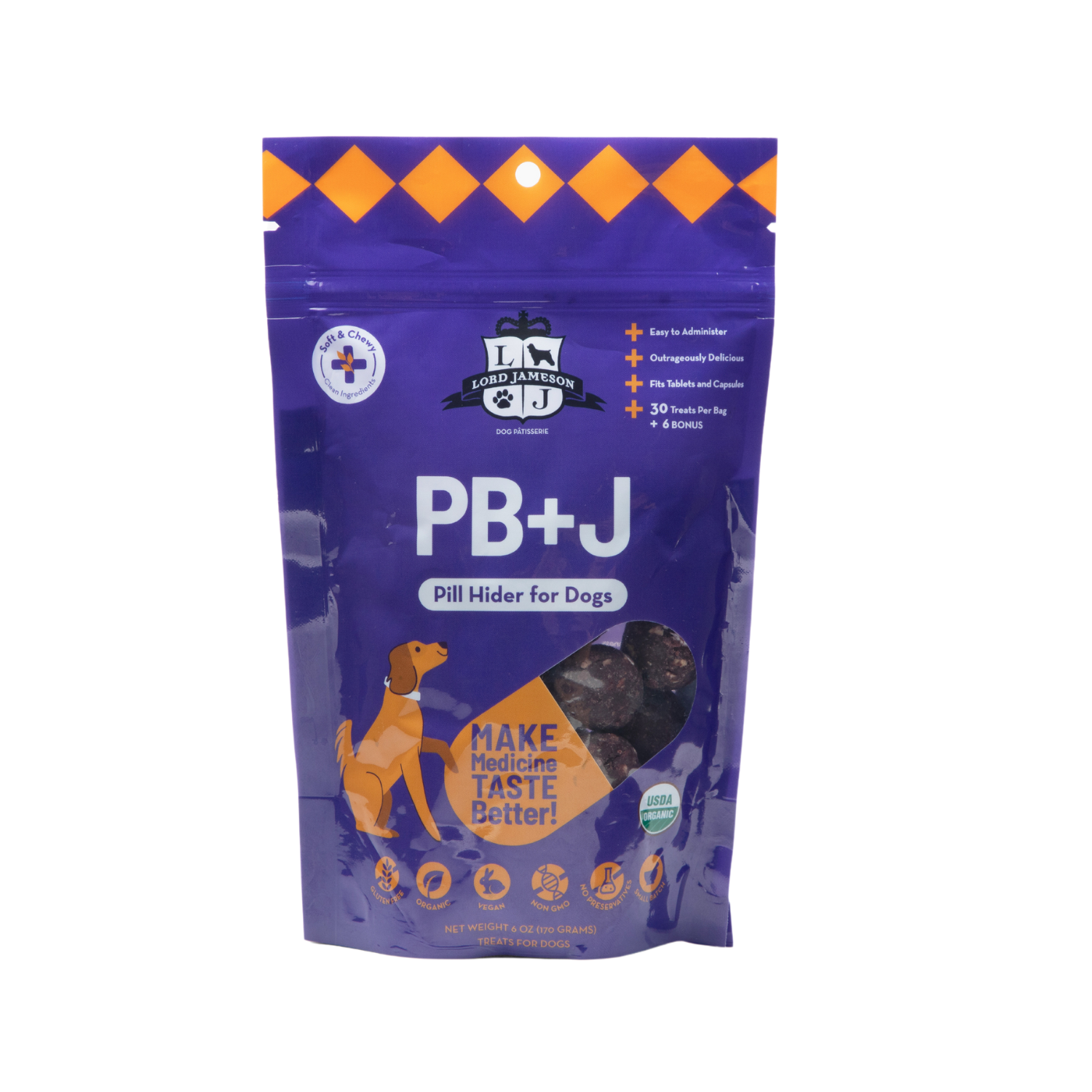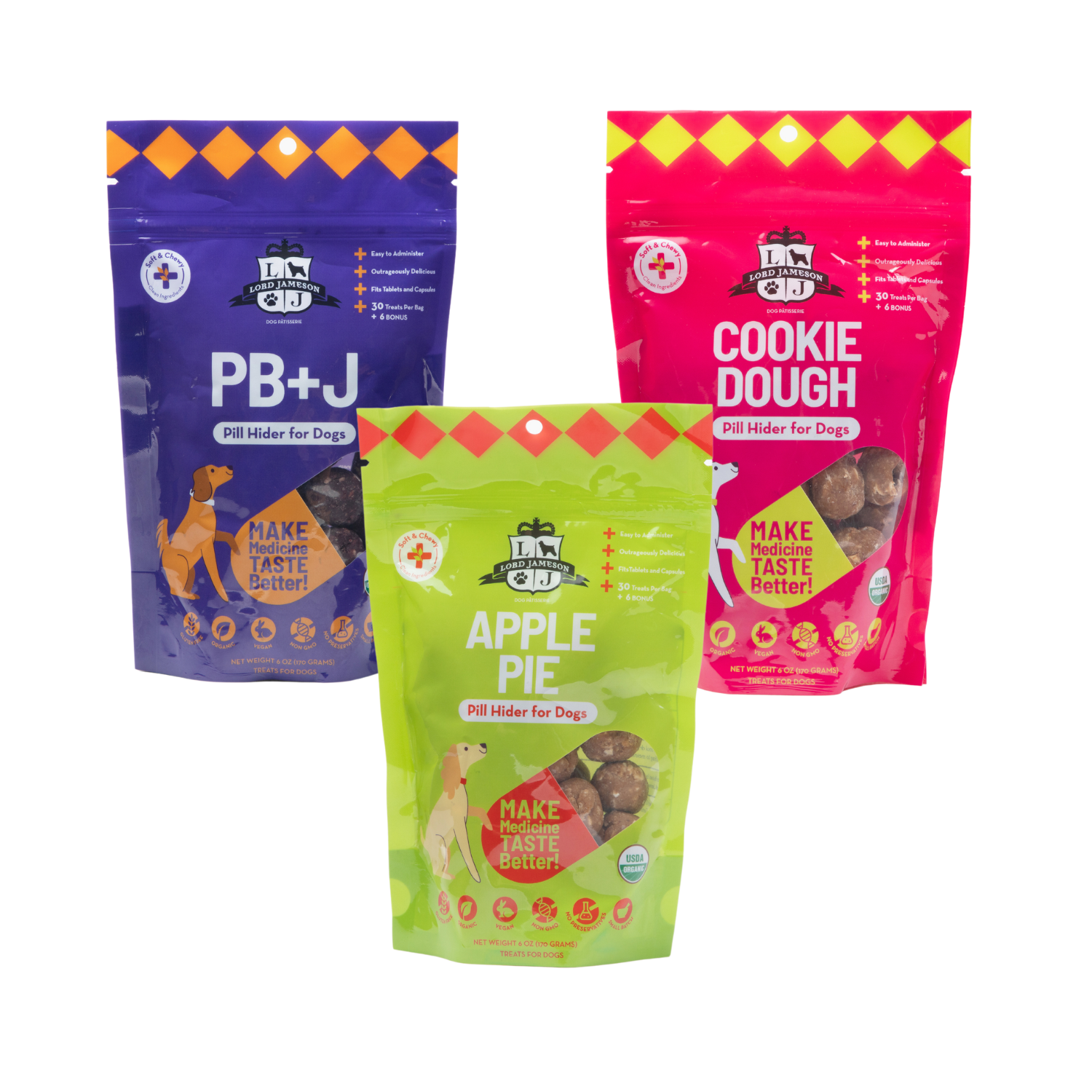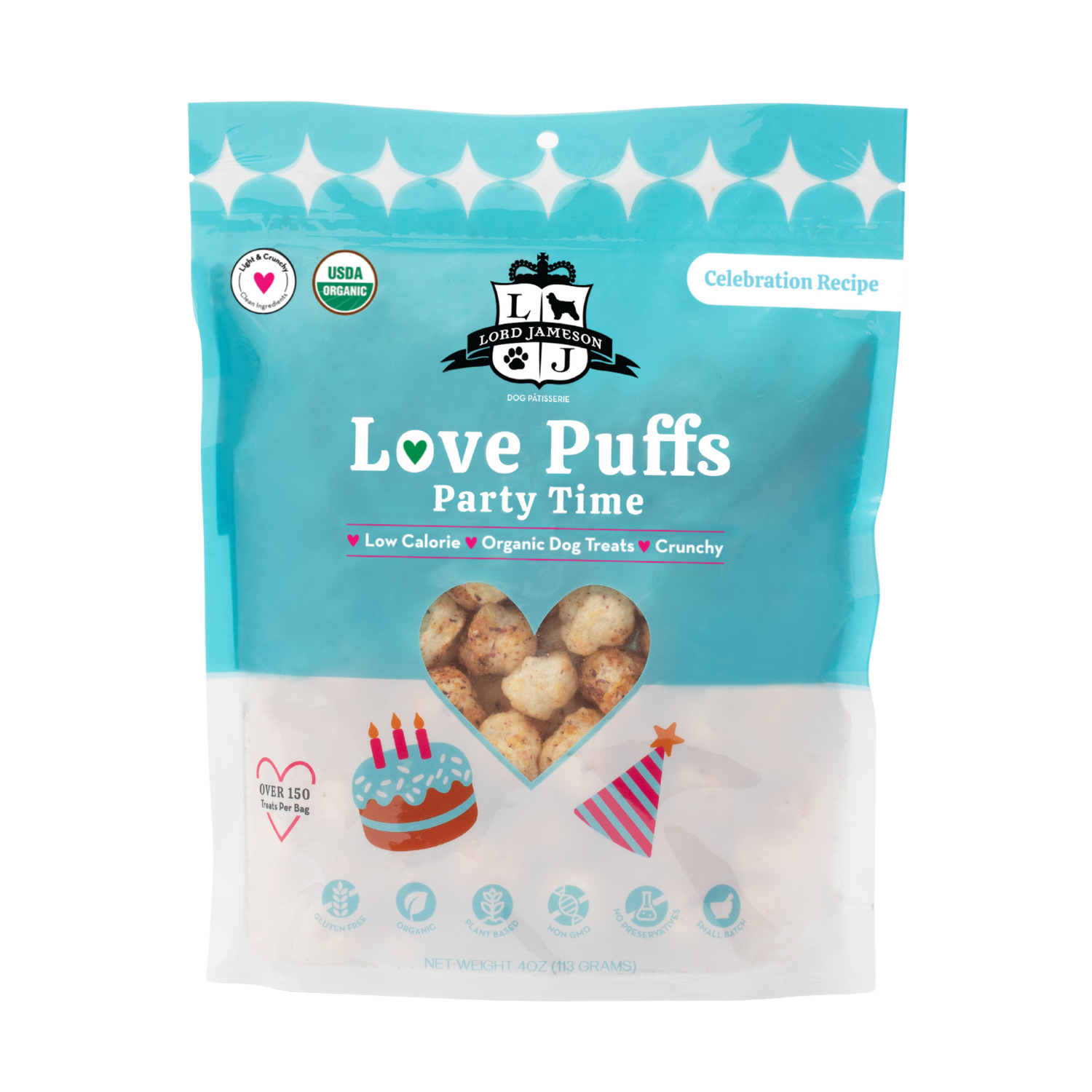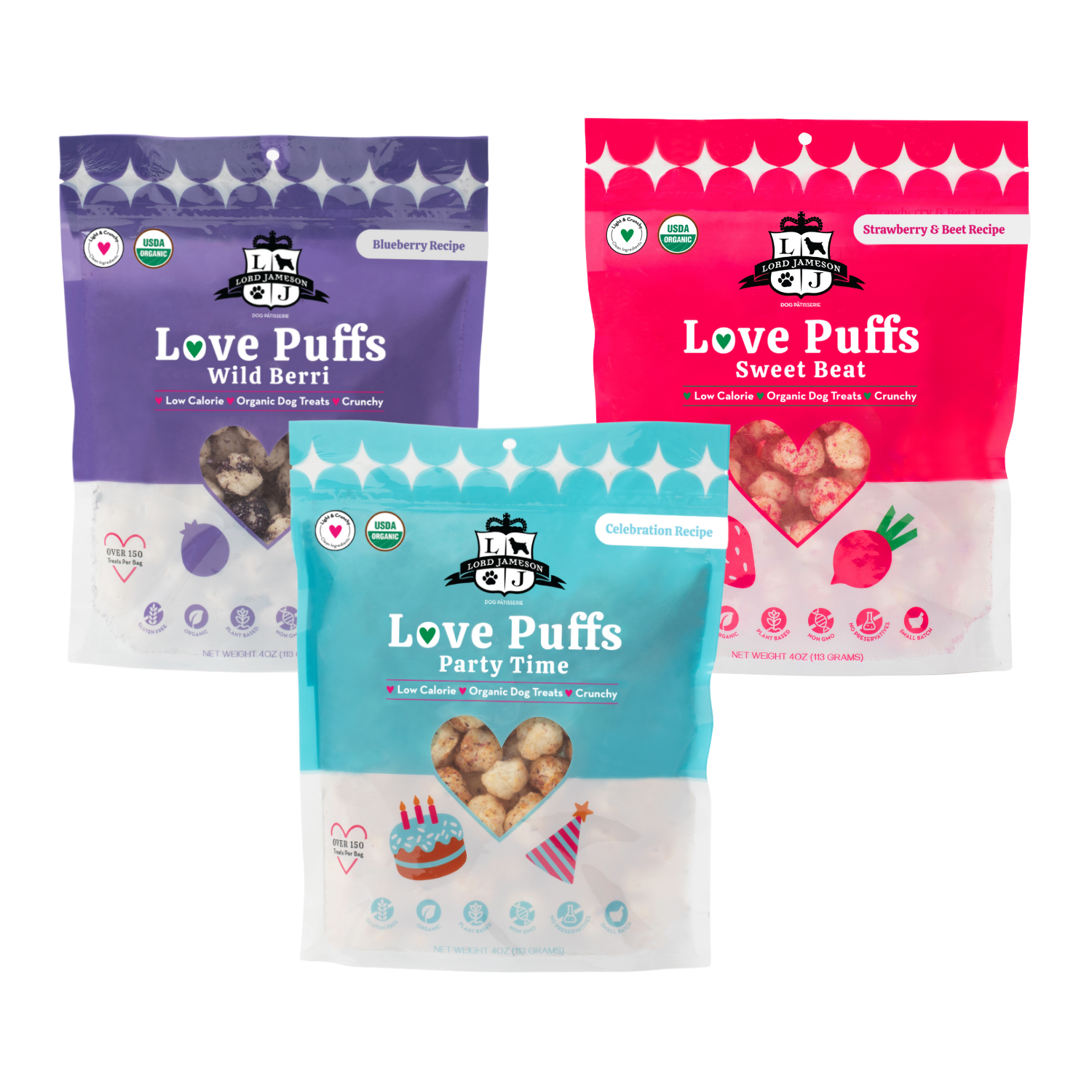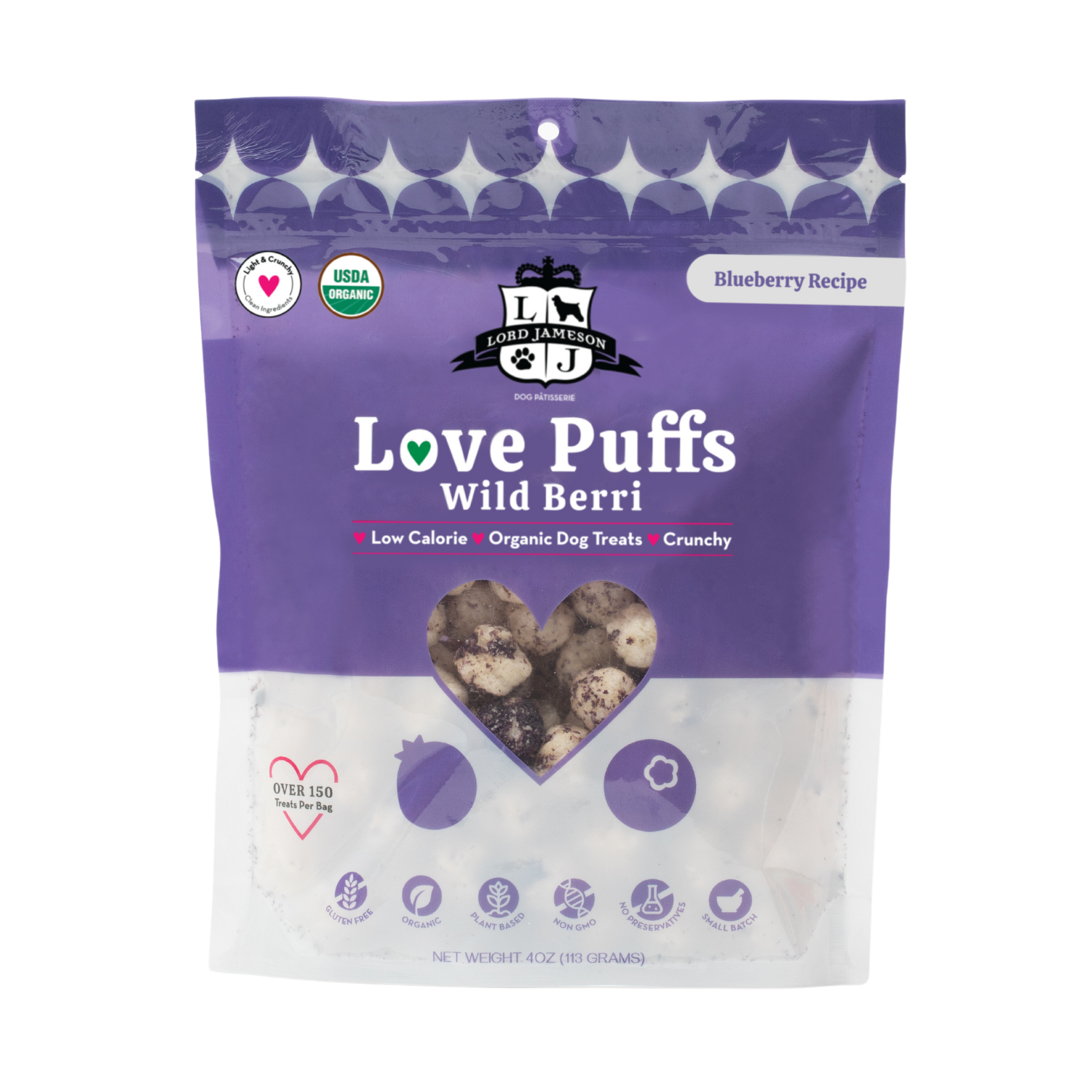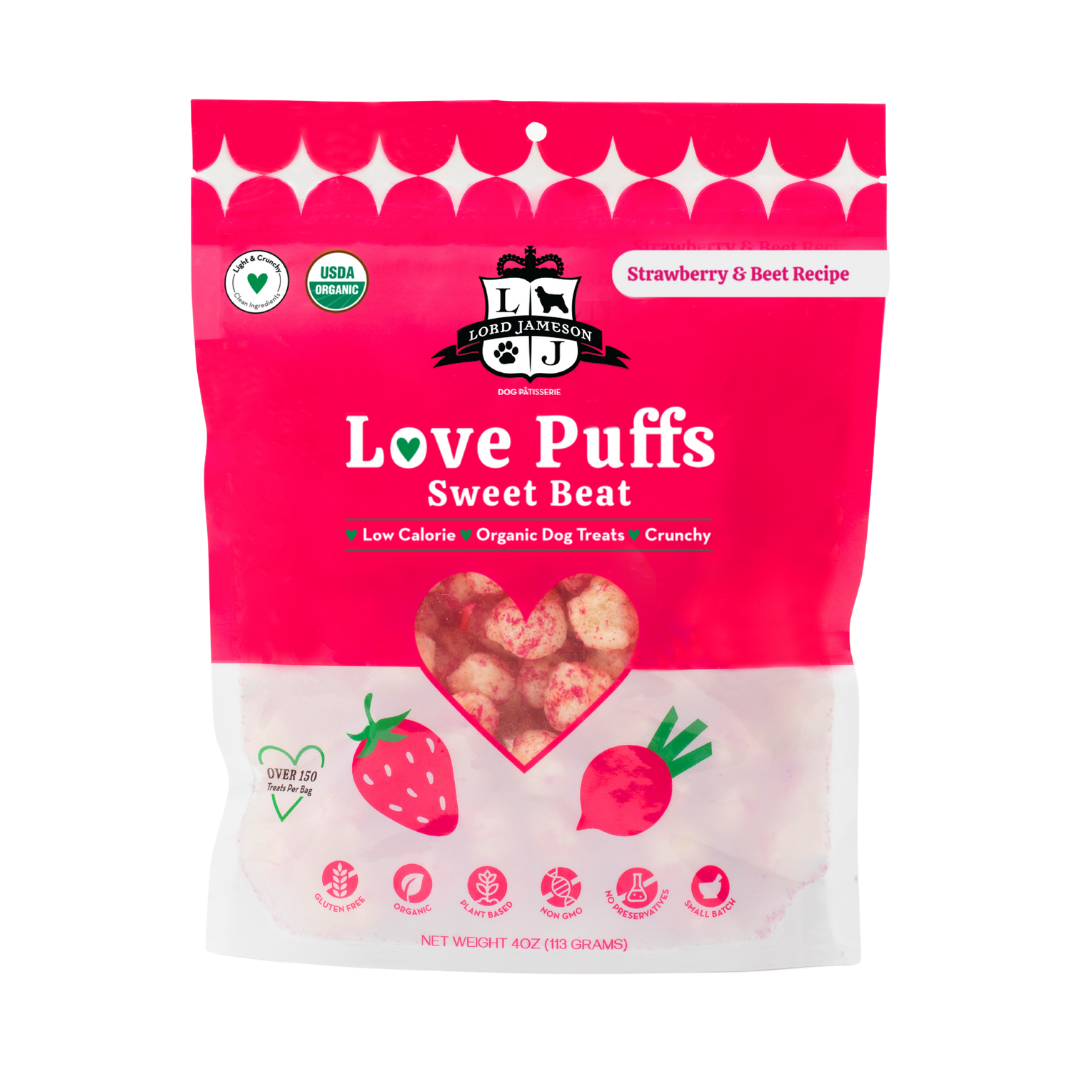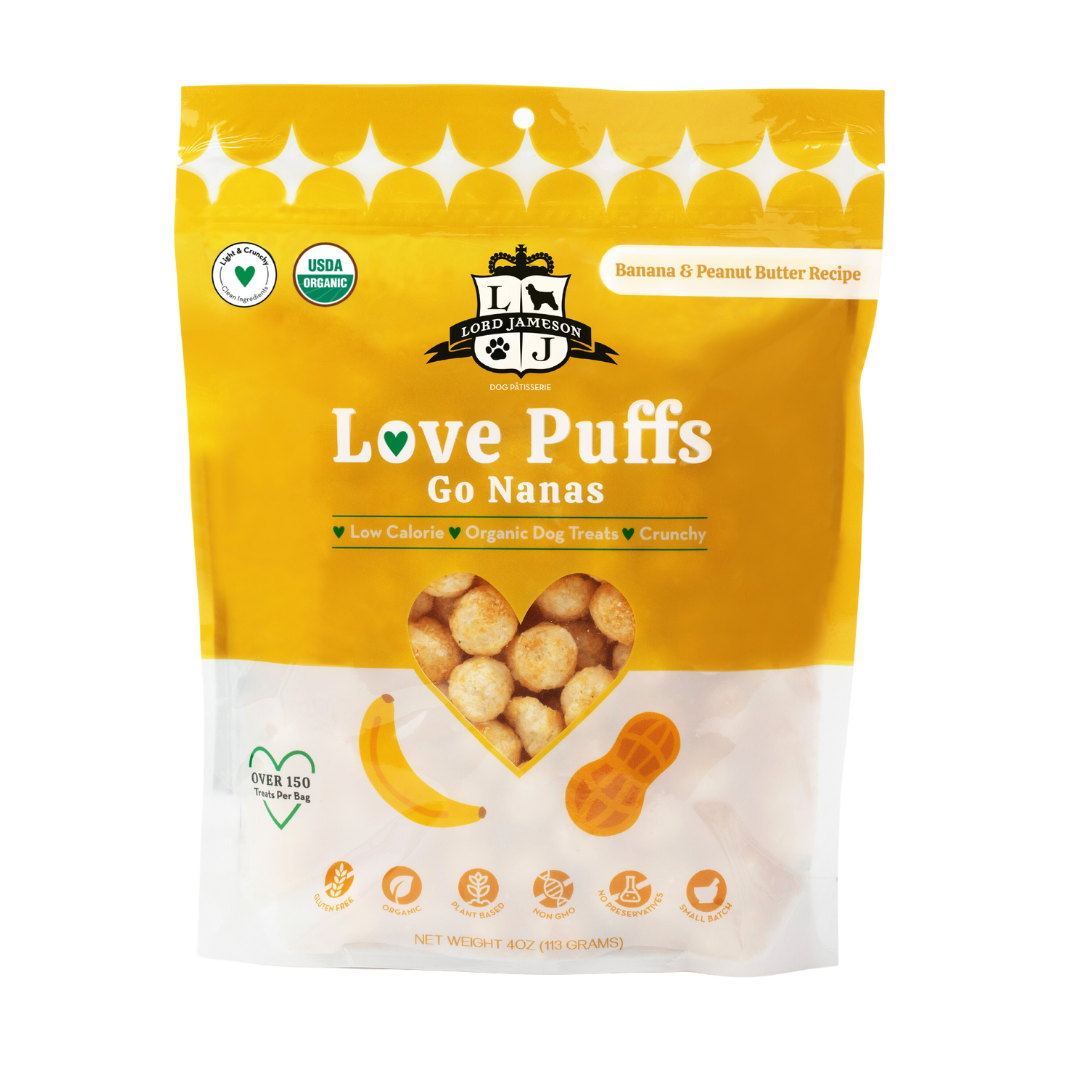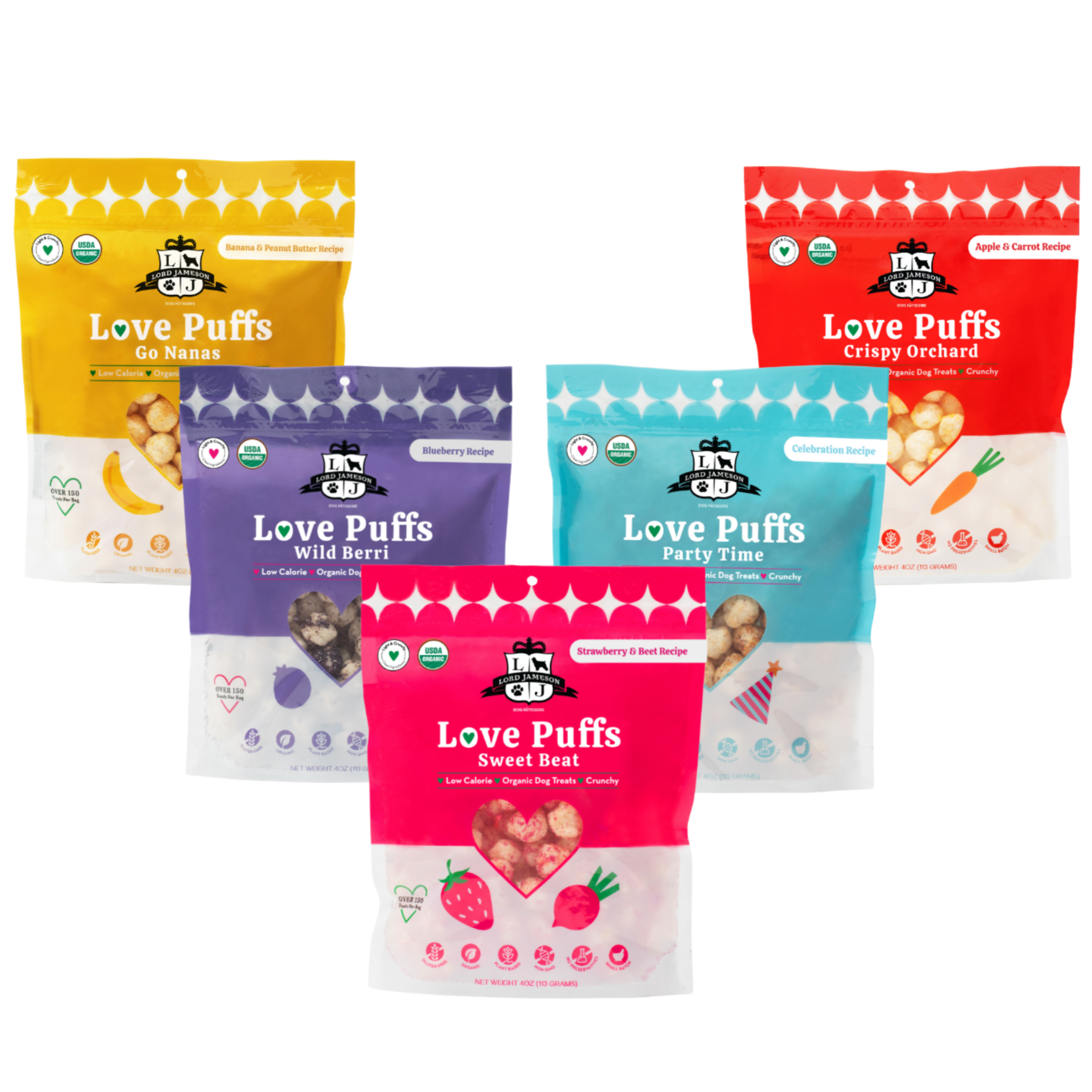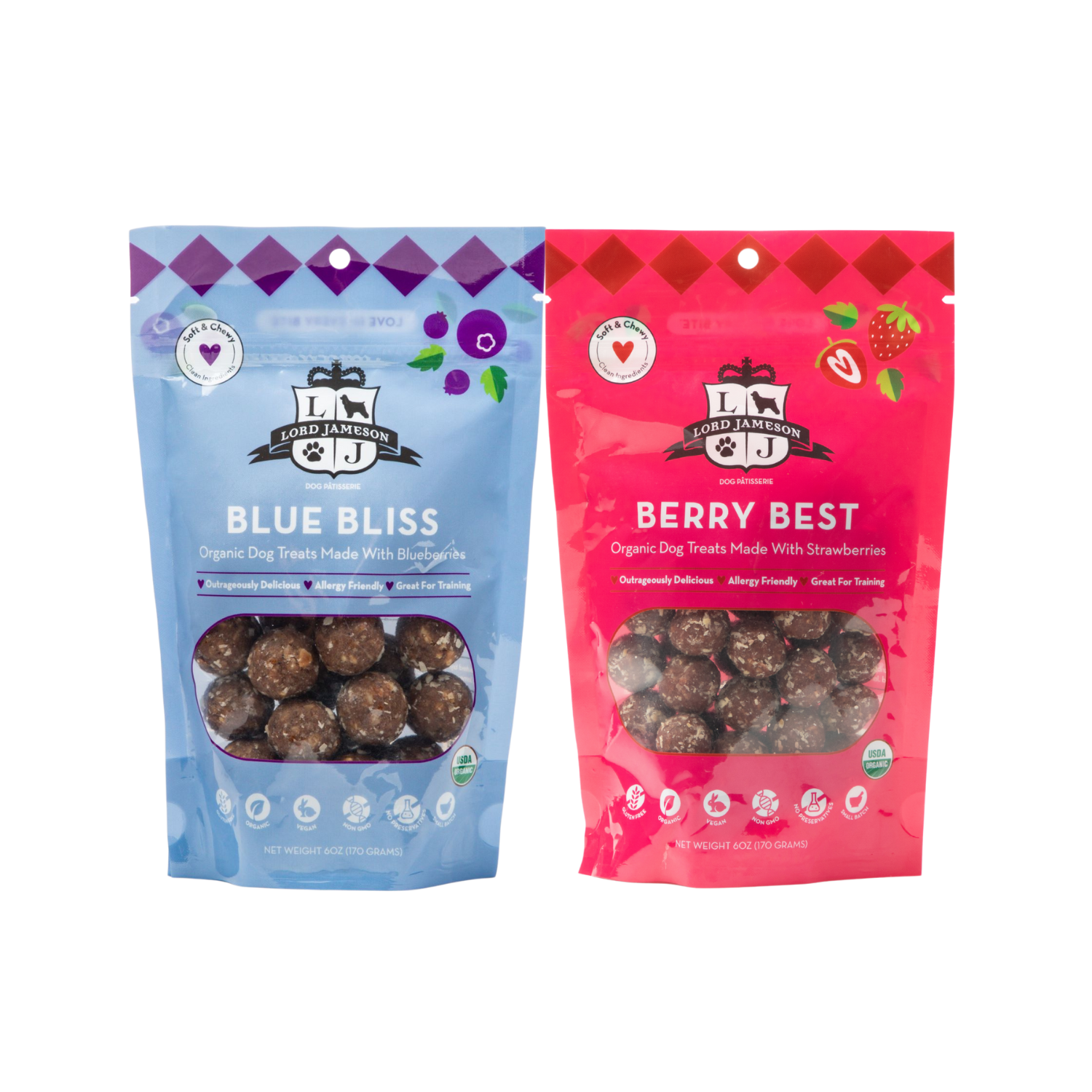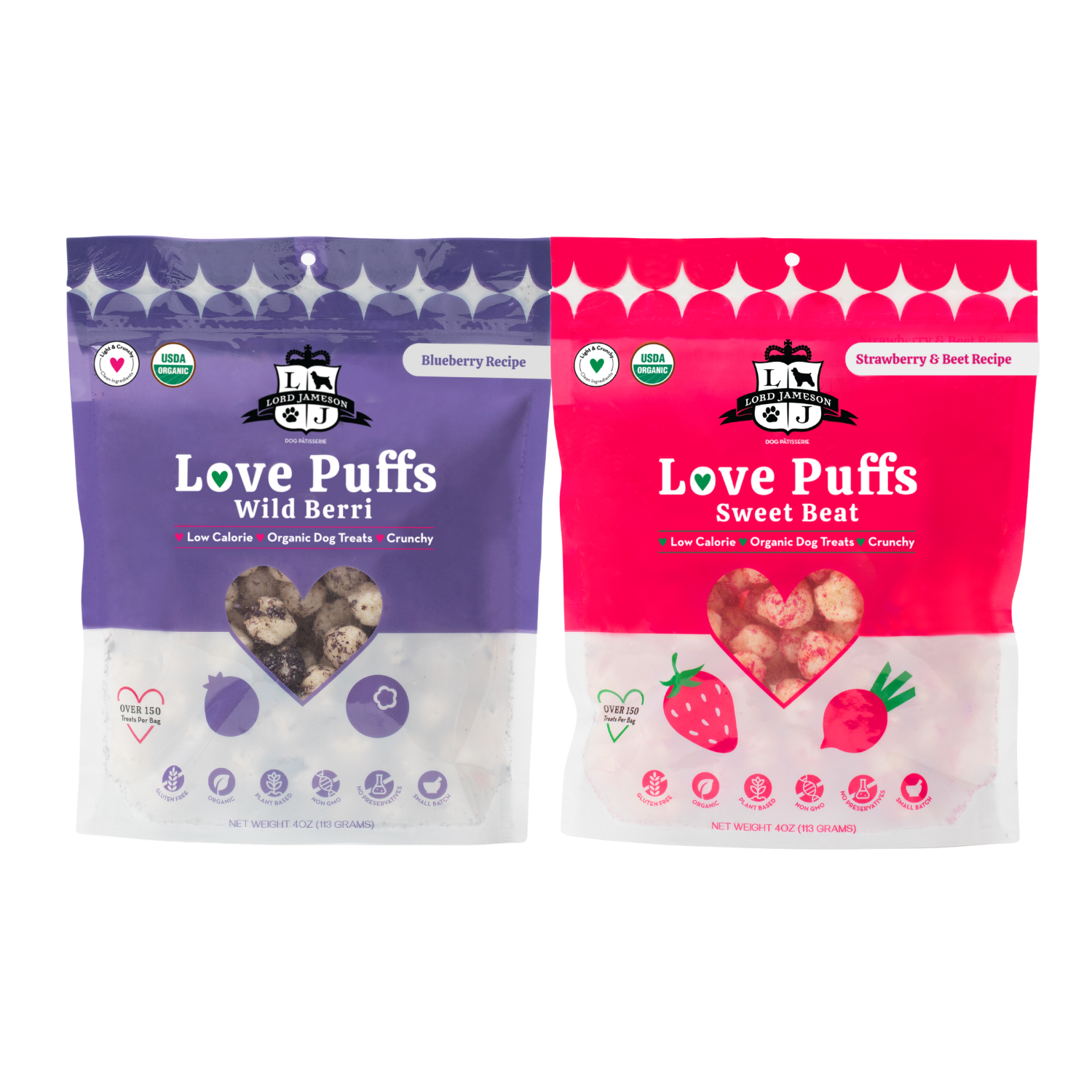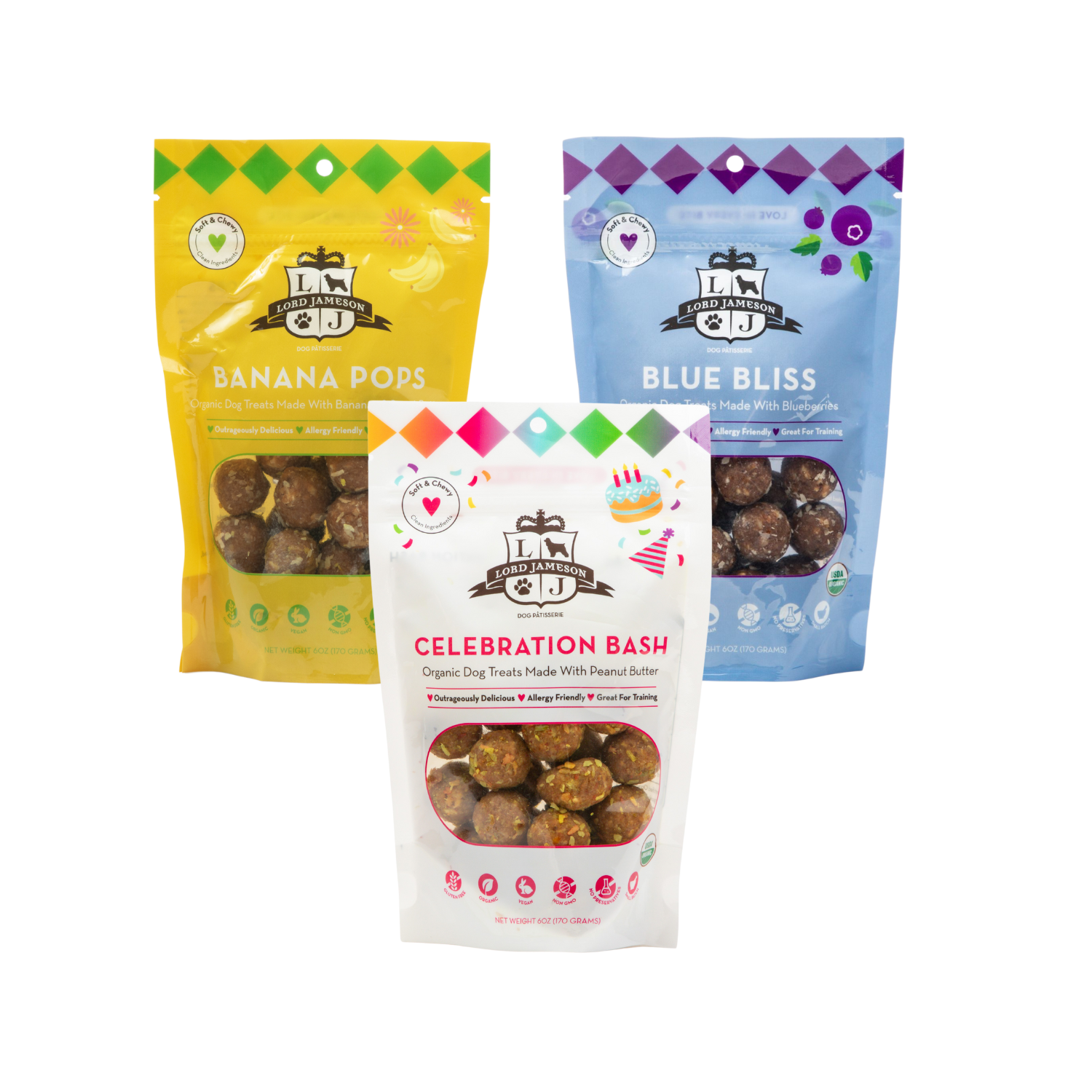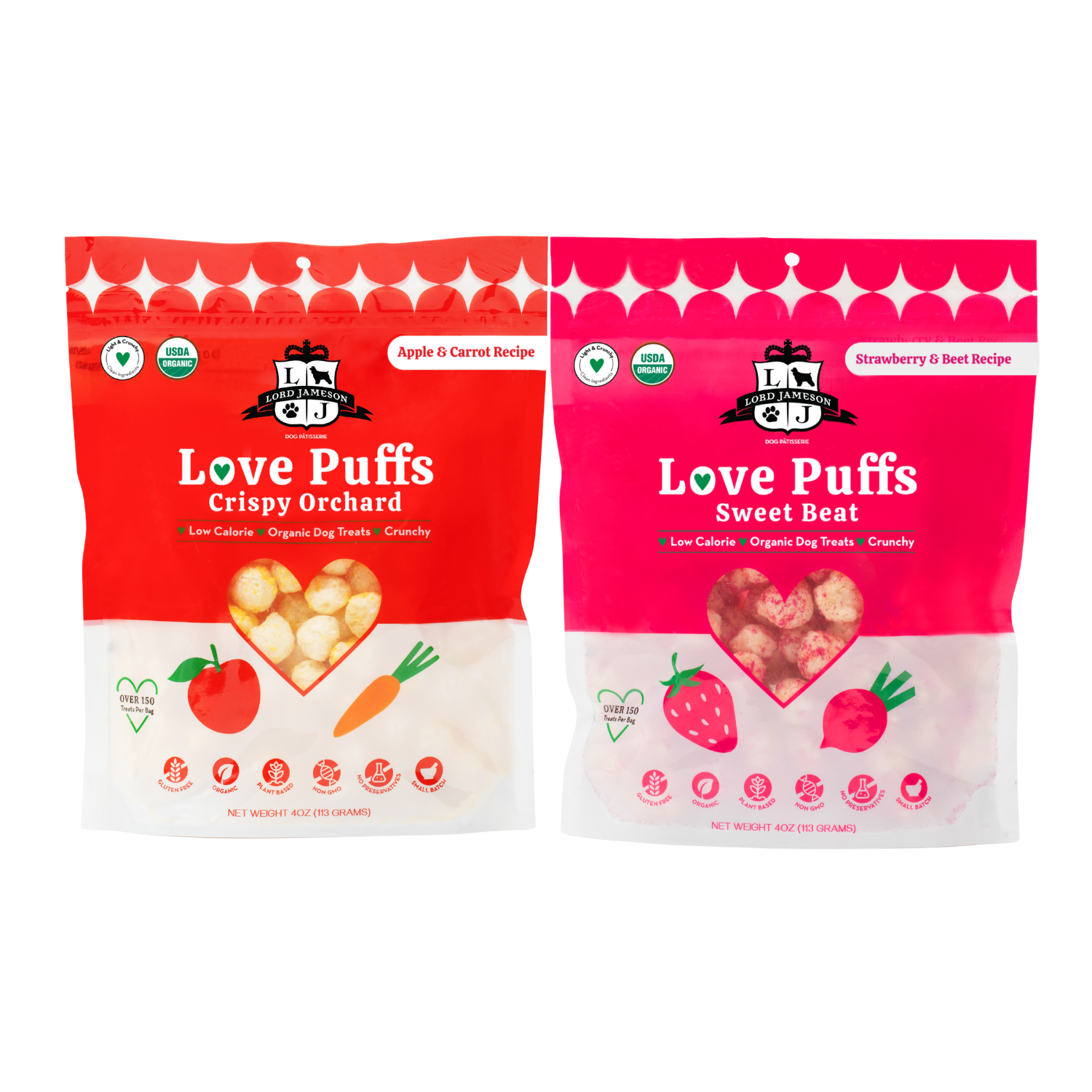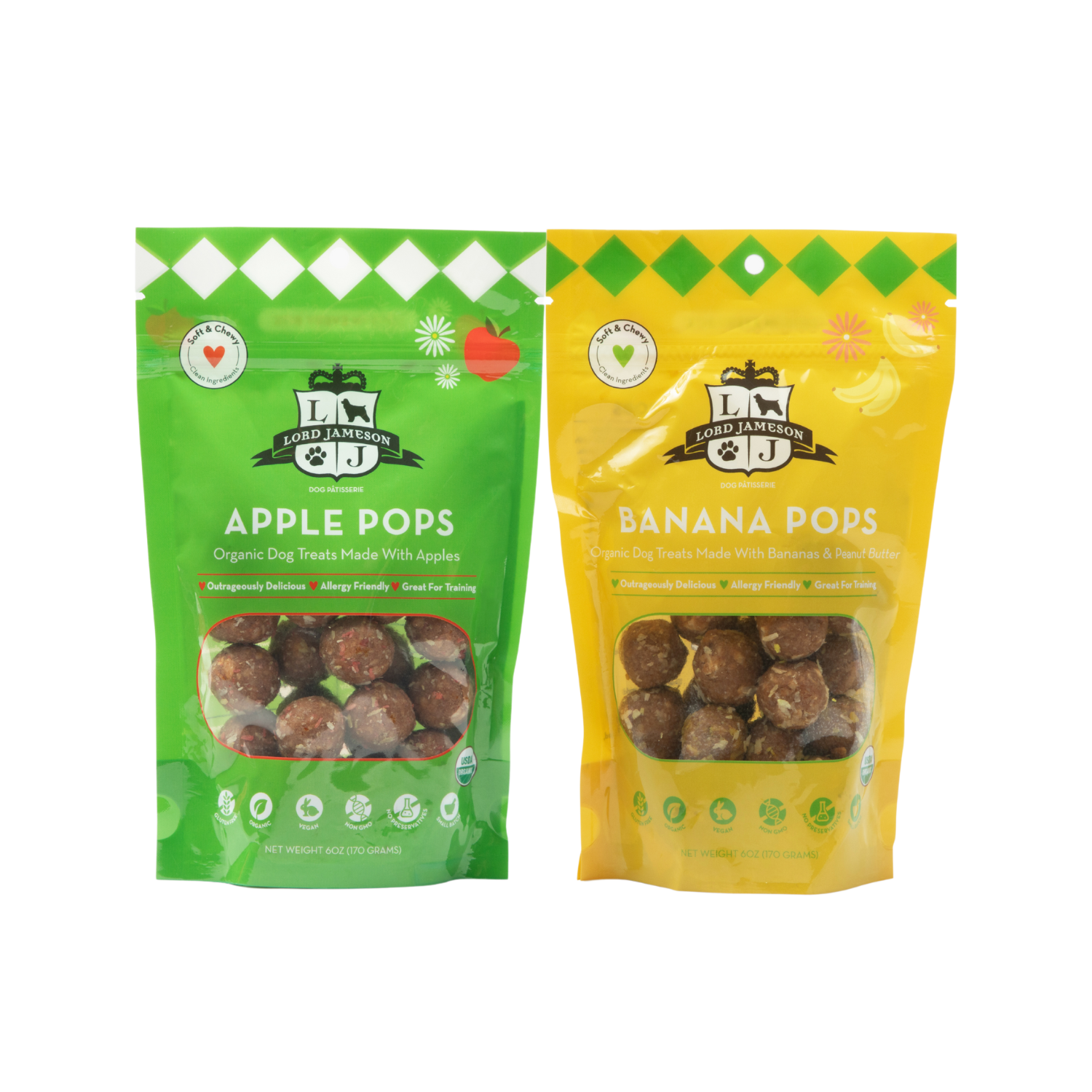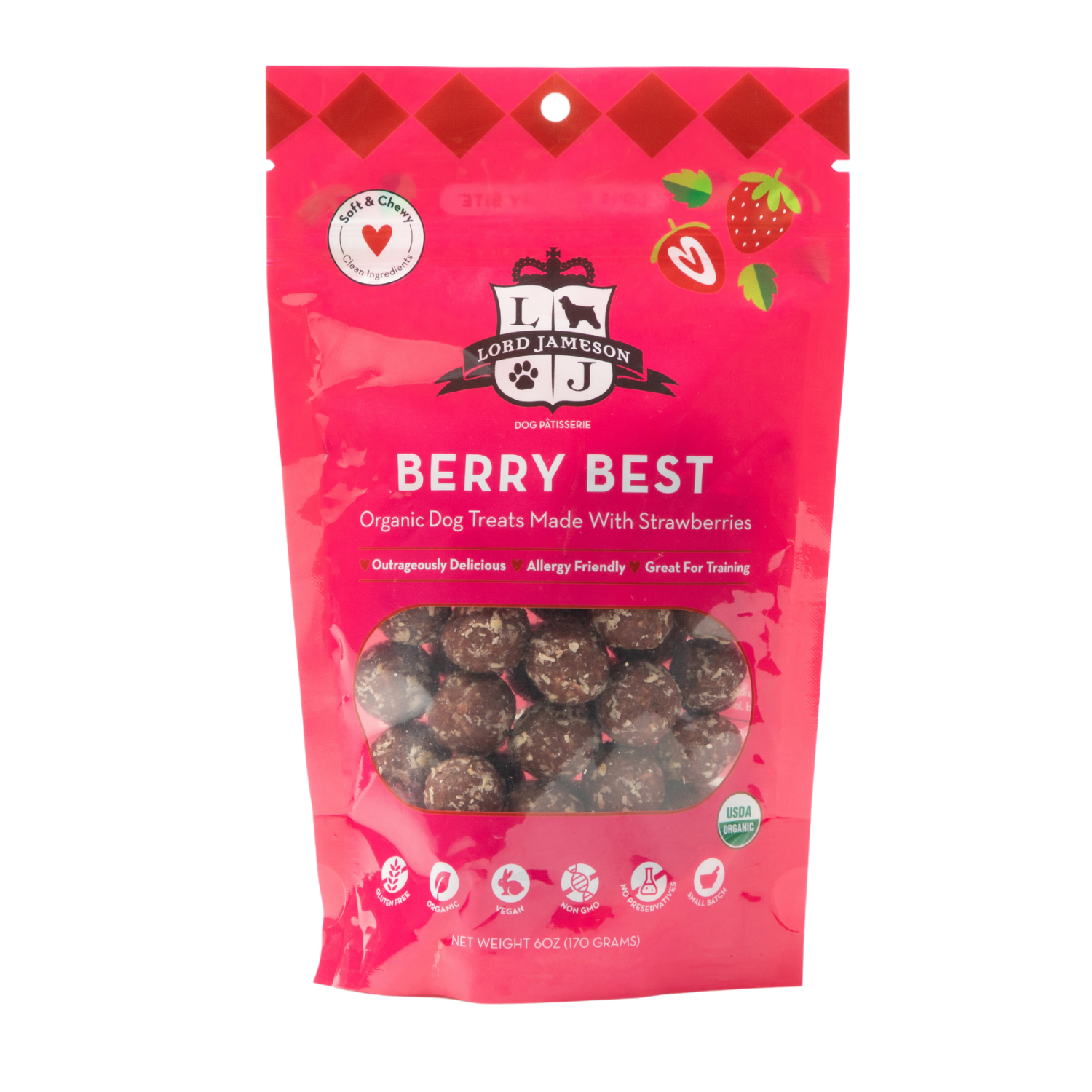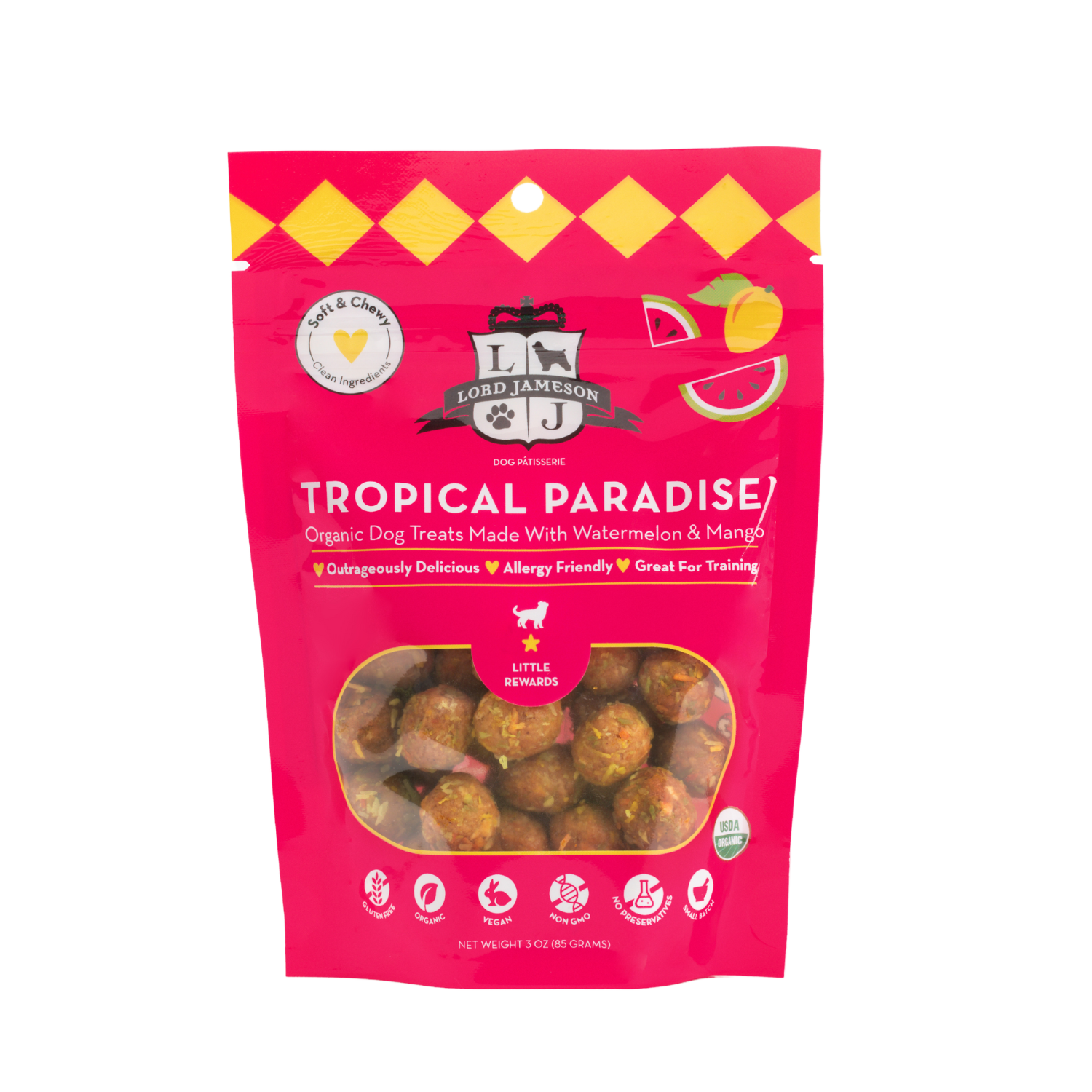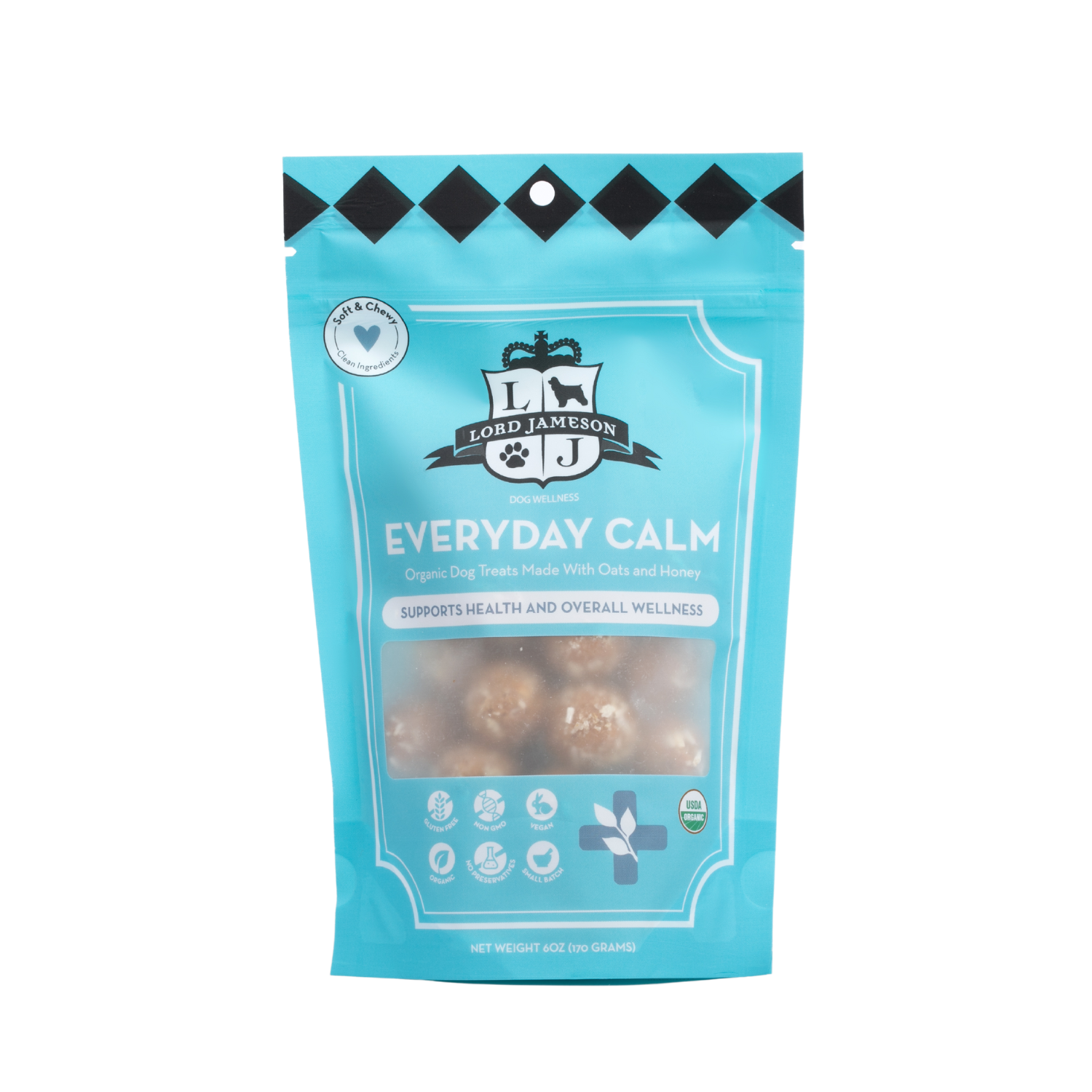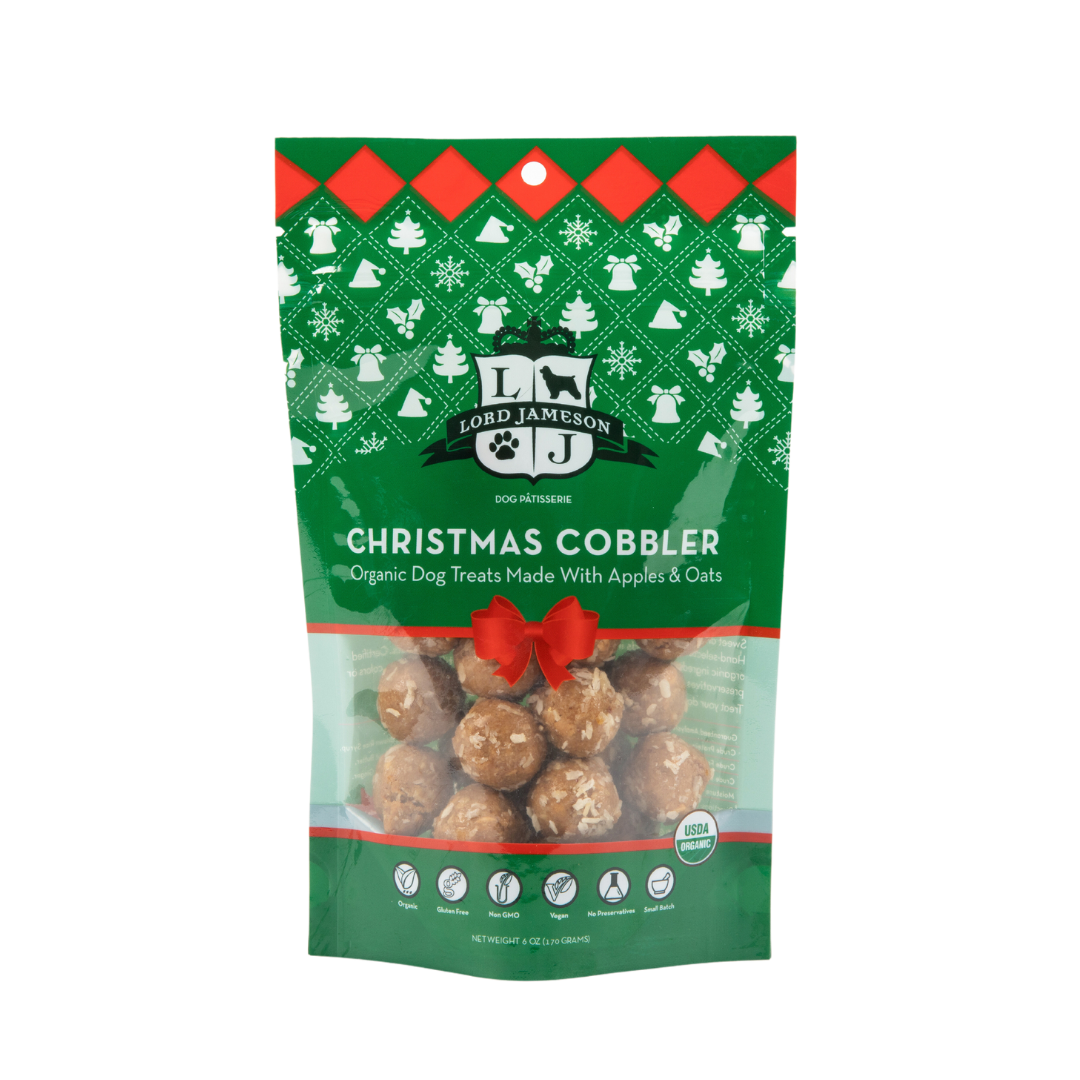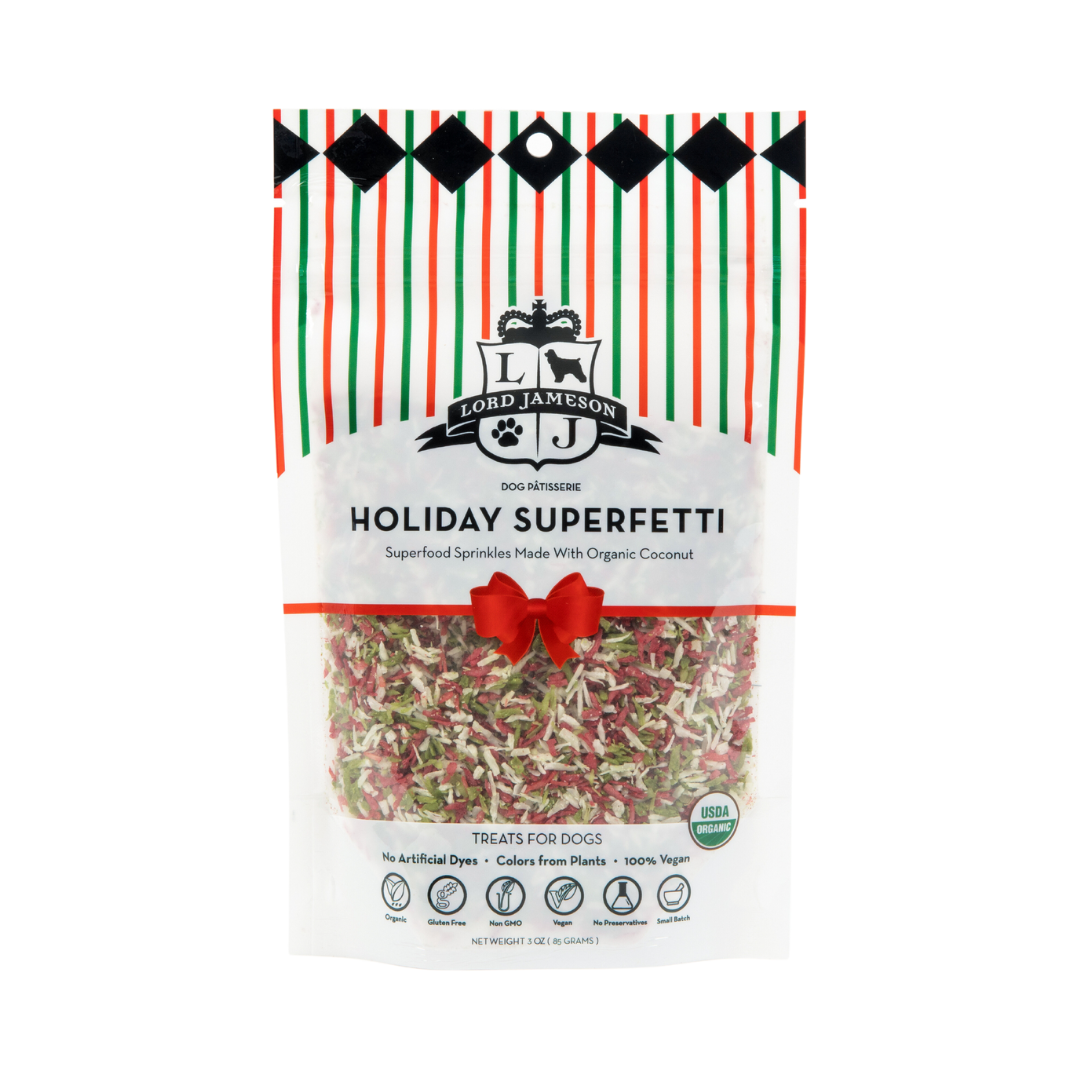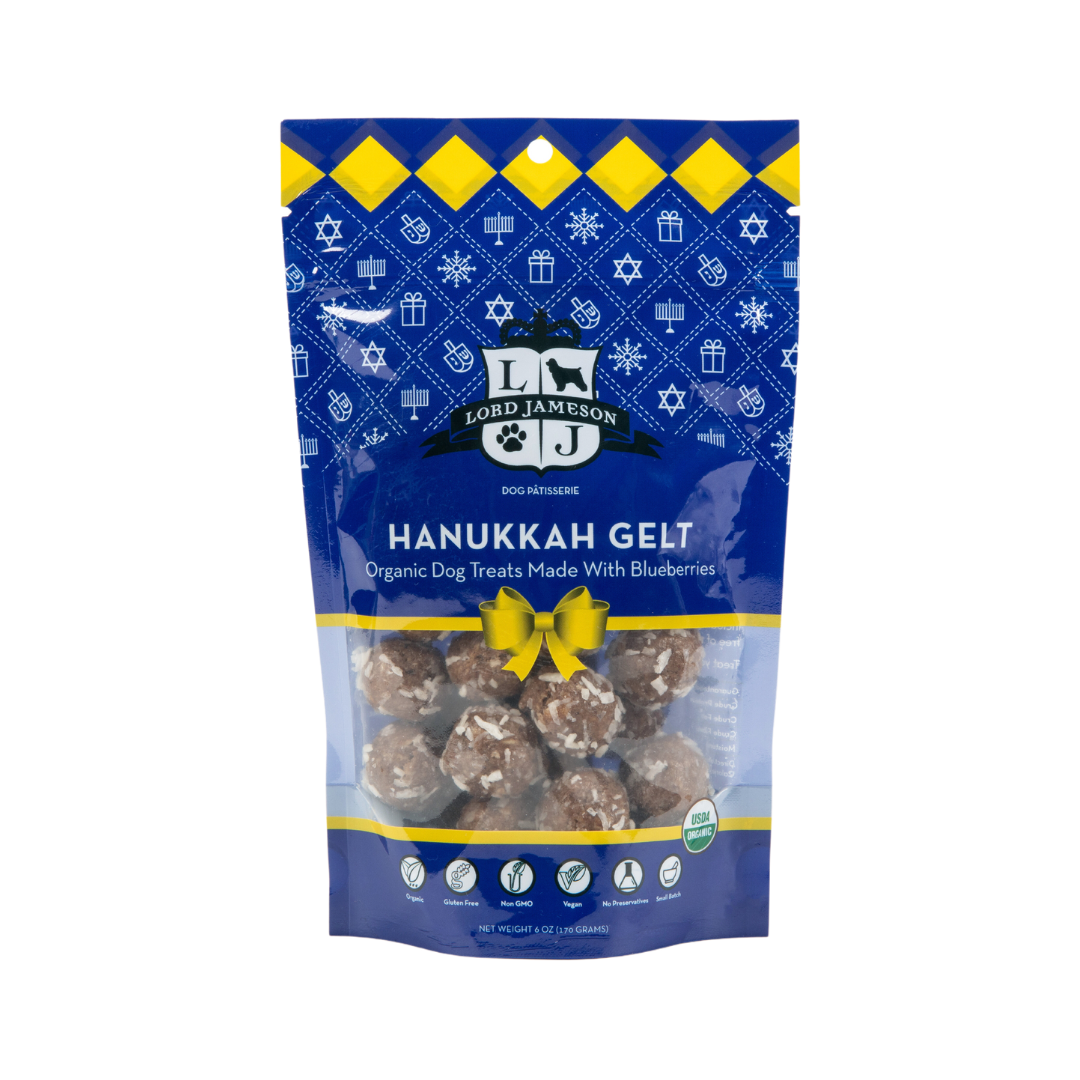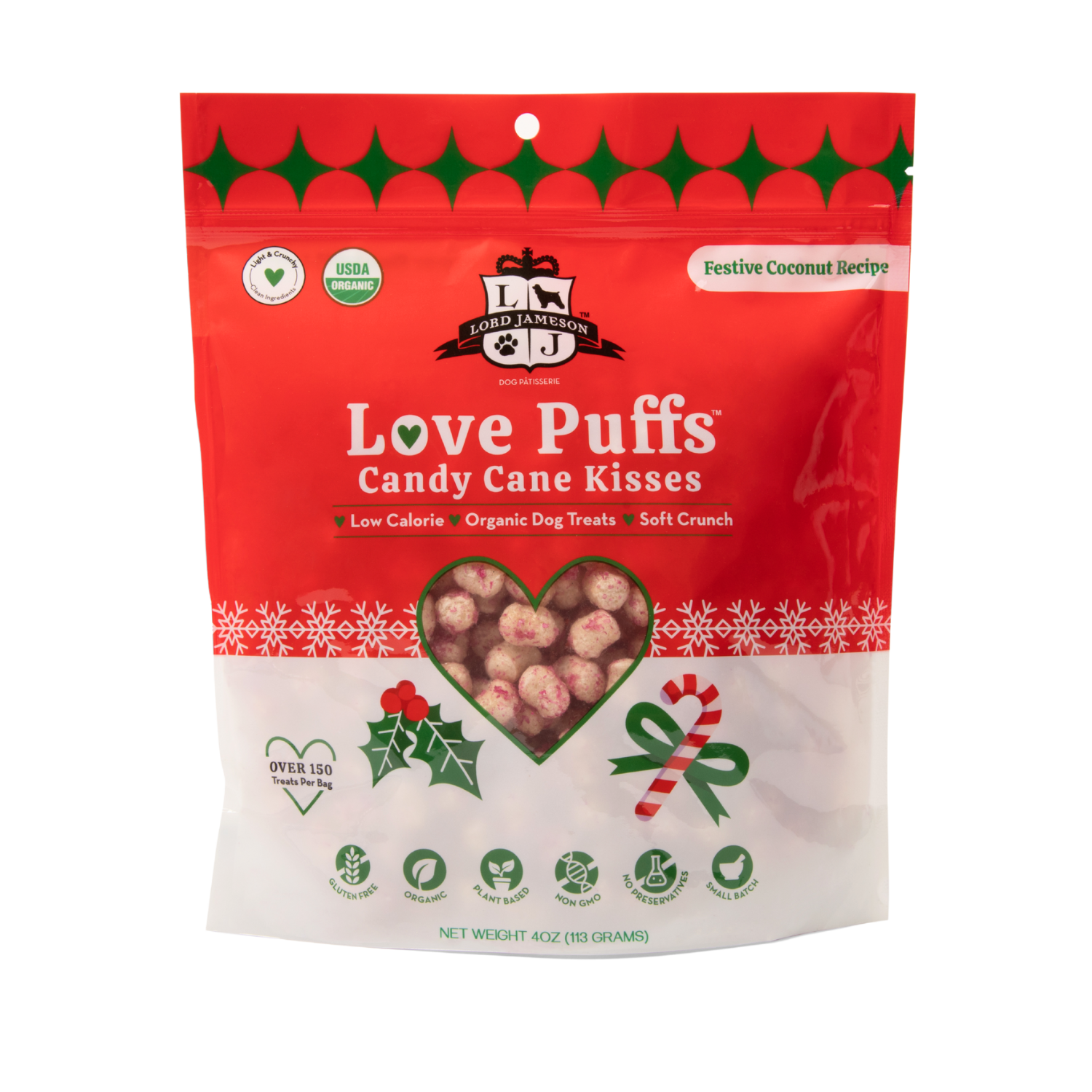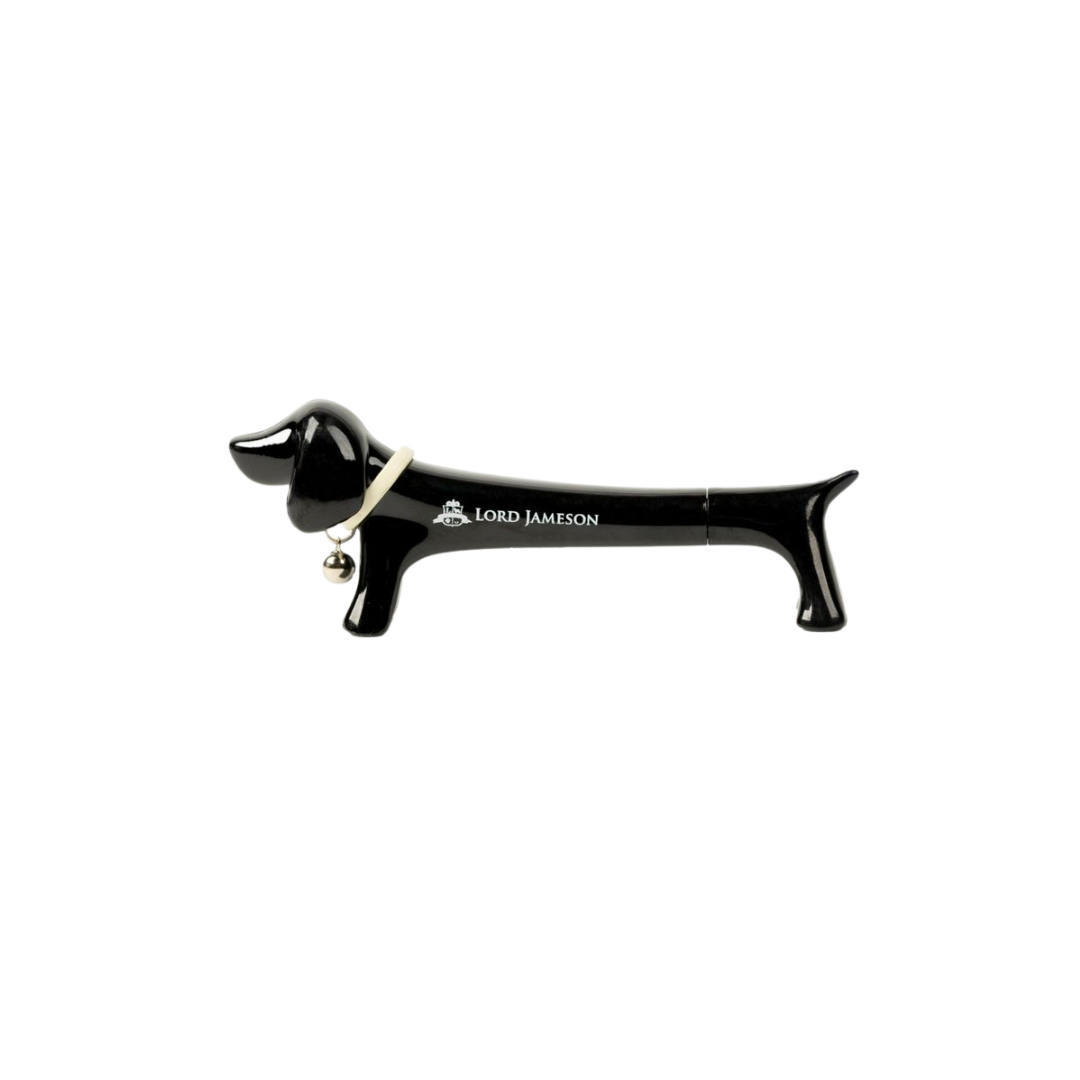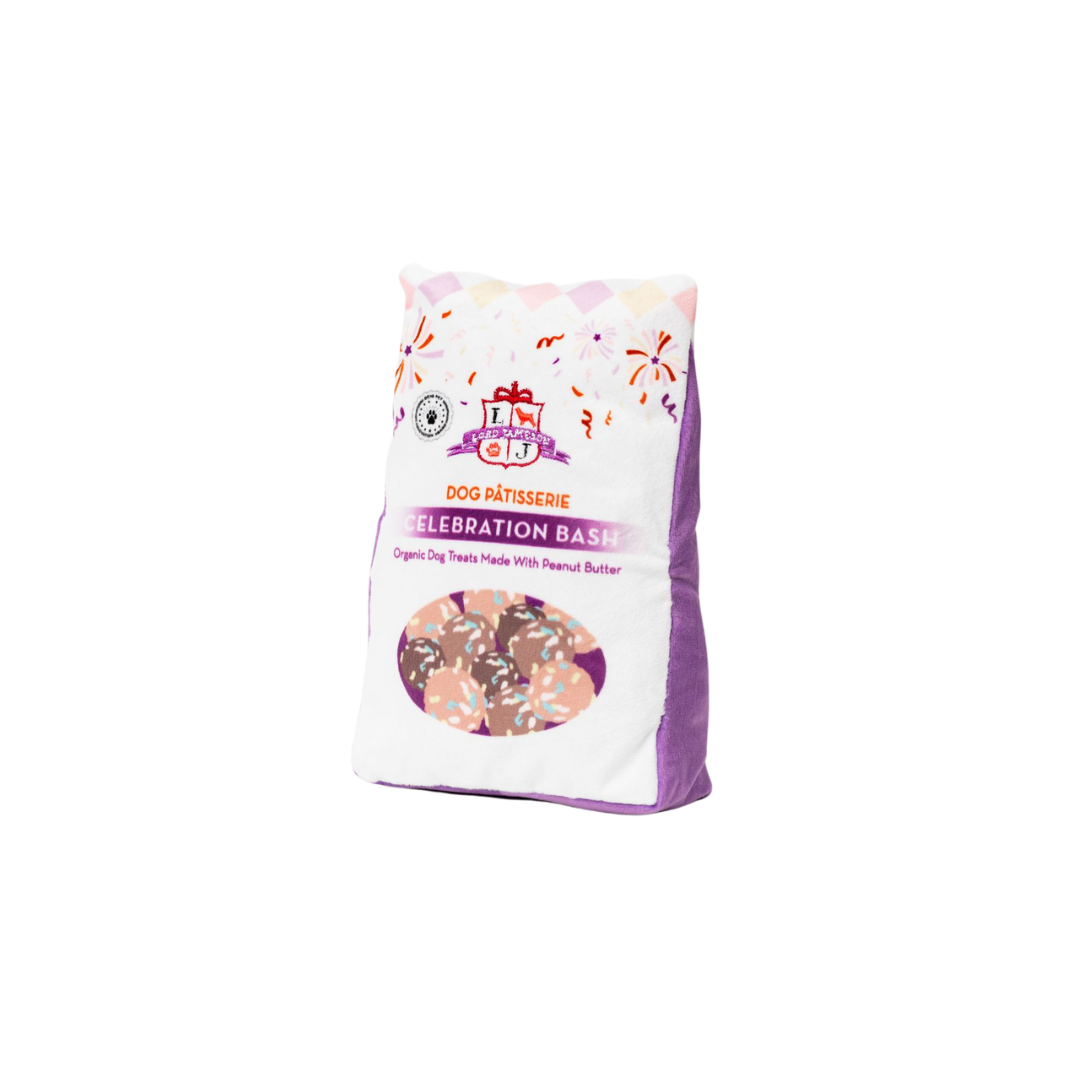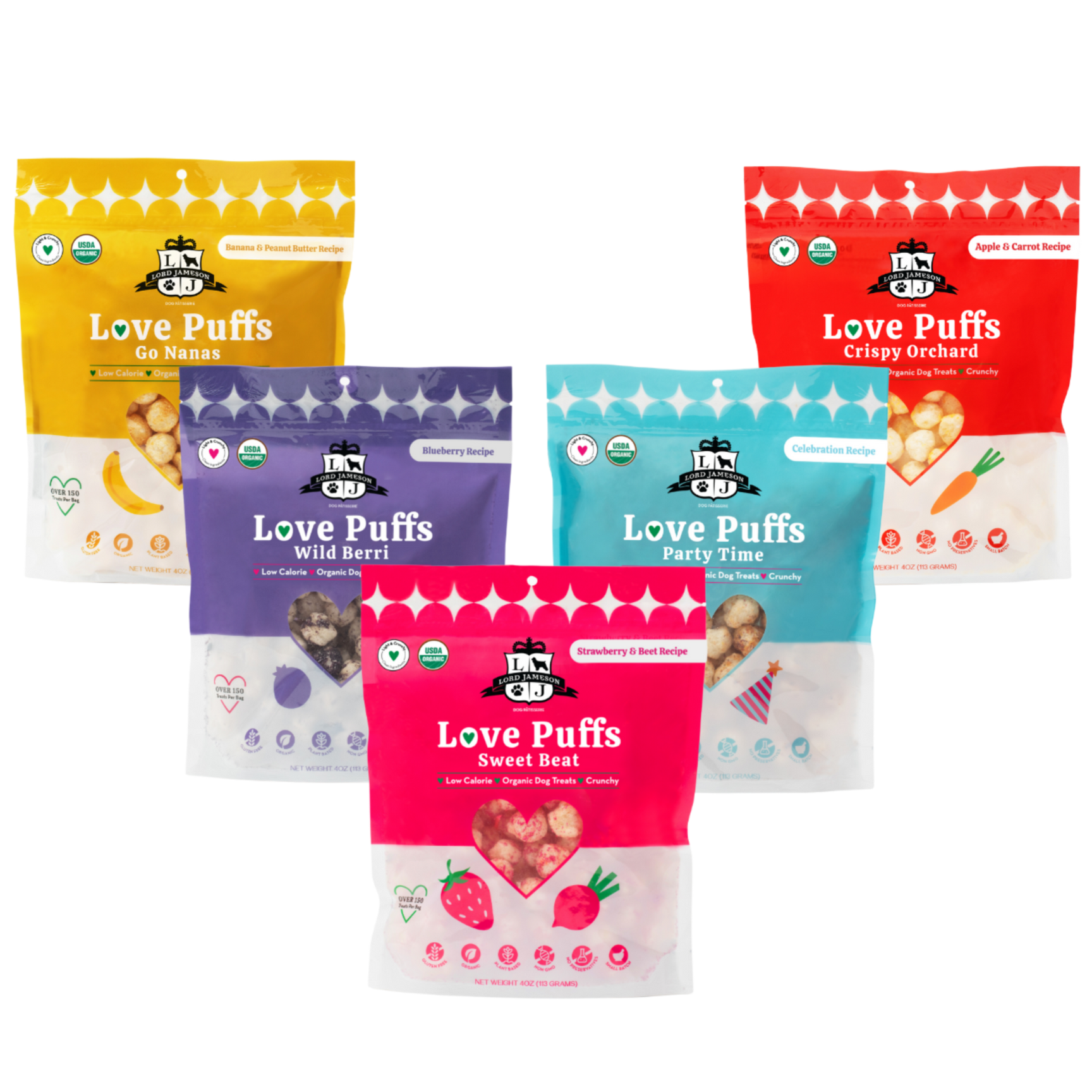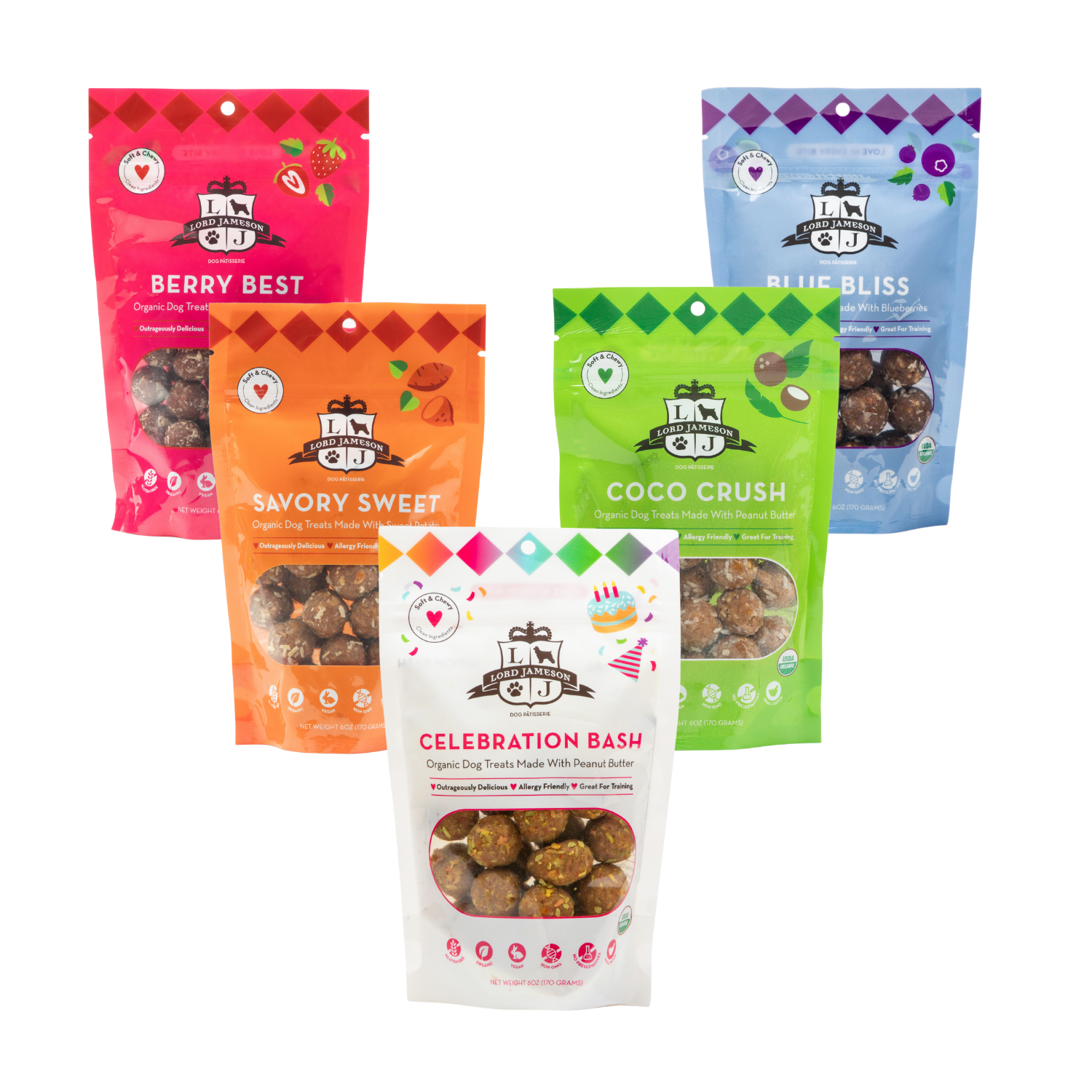
Complete Guide to Choosing Dog Treats for Training
Complete Guide to Choosing Dog Treats for Training
Why Choosing the Right Training Treats Matters for Success
Training is all about motivation, and let’s be honest, nothing gets those tails wagging faster than the promise of a tasty treat! The kind of reward you choose isn’t just about flavor; it’s about focus. The right treat can turn a distracted pup who’d rather sniff the grass into a star student hanging on your every word during your training time.
Think of training treats as your secret weapon: small, delicious bites that keep your dog eager, engaged, and excited to learn. With the right choice, every “sit,” “stay,” or “come” becomes less of a challenge and more of a celebration. High-quality treats make sessions smoother, more fun, and far more successful for both you and your furry best friend.
Pups tend to repeat behaviors that yield positive outcomes. A tasty treat delivered at the right moment reinforces good behavior, helping your dog learn commands faster and with less frustration. At Lord Jameson, we prioritize the wellness and health of our furry friends. For that, we curate the tastiest, healthiest organic treats for your companions.
Essential Factors When Selecting Dog Training Treats
Small Breed vs. Large Breed Sizing Guidelines
Tiny pups do best with extra-small treats that won’t overwhelm them, while larger dogs may need slightly bigger bites to feel rewarded. Still, training treats should always be smaller than regular snacks to avoid overfeeding.
At Lord Jameson, we offer bite-sized treats for both small and large pets. The soft, textured, and delicious treat is easy to chew and digest.
Portion Control and Calorie Management
Training involves repetition, and lots of it! Opt for low-calorie treats so your dog can enjoy frequent rewards without affecting their weight.
Quick Consumption for Seamless Training Flow
- The best training treats can be eaten quickly, keeping your dog’s focus on learning rather than chewing. This ensures a smooth training rhythm without unnecessary pauses.
Texture: Finding the Perfect Consistency
When it comes to training, the texture of a treat can make or break your dog’s enthusiasm.
-
Soft and Chewy vs. Crunchy Training Treats
When it comes to training, different types of treats can serve different purposes. Soft and chewy options are easy to break into smaller pieces and quick for dogs to eat, helping them stay focused without distraction. Light and crunchy treats, on the other hand, deliver a satisfying bite while being low in calories—perfect for offering multiple rewards throughout a session and keeping training fun and positive.
-
Texture Preferences by Dog Age and Dental Health
Puppies and senior dogs often prefer softer textures that are gentle on developing or aging teeth. Crunchier treats can be better suited for healthy adult dogs who enjoy a bit of extra bite.
Ingredient Quality: What to Look For and Avoid
Not all treats are created equal, and ingredients matter more than you think!
-
Organic and Natural Ingredients (Lord Jameson's Advantage)
Choosing organic means your pup is enjoying clean, wholesome nutrition, free from pesticides, GMOs, or hidden fillers. Lord Jameson’s treats stand out with 100% USDA organic, plant-based ingredients. -
Protein Sources That Drive Motivation
Protein-rich treats, such as peanut butter or lentils, can be powerful motivators, fueling both energy and focus during training. -
Allergen-Free Options for Sensitive Dogs
If your dog struggles with food sensitivities, treats that exclude common allergens like wheat, soy, corn, and animal proteins are essential. -
Preservatives and Additives to Avoid
Artificial colors, flavors, and chemical preservatives can do more harm than good. Stick to clean-label treats that you’d feel good about eating yourself.
Value Assessment: High-Value vs. Low-Value Treats
Not all training situations require the same kind of reward; knowing when to “go big” is crucial.
-
Understanding Your Dog's Motivation Hierarchy
Our fur babies, like people, have favorite flavors. Some treats are everyday motivators, while others are reserved for those big “aha!” moments in training. -
When to Use High-Value Treats
Reserve extra-delicious treats (like soft, aromatic bites) for challenging commands or training in distracting environments. -
Cost-Effective Training Treat Strategies
Balance high-value rewards with everyday training treats to manage both your dog’s diet and your budget. Break larger treats into smaller pieces to stretch them further without losing impact.
Types of Training Treats: Matching Treats to Training Goals
Not every reward works the same way, and that’s the fun part! The right choice depends on what you’re teaching and how motivated your pup is.
Basic Obedience Training Treats
For simple cues like sit, stay, or come, use small, quick bites that won’t interrupt the learning flow.
Advanced Skill Development Rewards
When practicing complex tricks or agility work, step up the value with tastier, softer treats that keep your dog eager to perform.
Behavioral Modification High-Value Options
Breaking habits like leash pulling or reactivity takes extra motivation. This is where your dog’s absolute favorites really shine.
Puppy Training Specific Considerations
Young pups require gentle, bite-sized rewards that are easy to chew and digest, ideal for their small mouths and developing stomachs.
Homemade vs. Commercial Training Treats
Both kitchen-made and store-bought options have a place in your routine.
Benefits of Premium Commercial Options
Organic, ready-to-go treats like Lord Jameson offer convenience, balanced nutrition, and peace of mind about every ingredient.
Storage and Freshness Considerations
Our treats are made in small batches to ensure freshness and high nutrient value.
Training Treat Delivery Methods and Timing
Timing and presentation can make all the difference.
Proper Treat Timing for Maximum Impact
Reward your pup within seconds of the behavior so they make the right connection.
Treat Pouches and Delivery Systems
Keeping treats handy in a pouch or pocket helps you react quickly and stay consistent.
Gradually Reducing Treat Dependency
As skills become second nature, start mixing in praise, play, or affection so your pup isn’t reliant on food alone.
Special Dietary Considerations for Training
Every dog’s health is unique, so choose rewards that cater to their specific needs.
Treats for Dogs with Food Allergies
Stick to recipes that are free of common triggers, such as wheat, soy, or animal proteins, to avoid upset stomachs.
Weight Management During Training
Opt for low-calorie rewards or break larger pieces into smaller bites to keep training light on calories.
Senior Dog Training Adaptations
Older pups often do better with softer textures that are kinder on teeth and gums.
Lord Jameson's Recommended Training Treats
Here’s where healthy meets motivating!
Love Puffs: Perfect Low-Calorie Rewards
With over 150 bites per bag, these light, crunchy snacks are ideal for frequent reinforcement. Each Puff treat has less than 2 calories per treat and 0.1 gram of sugar per treat.
Organic Soft Treats for High-Value Motivation
Rich in flavor and easy to chew, these are great for challenging lessons.
Options for Every Size and Style
From tiny toy breeds to large working dogs, there’s a texture and size that fits just right.
Troubleshooting Common Training Challenges
Even the best routines can hit bumps!
When Your Dog Isn’t Interested in Treats
Experiment with flavors and textures until you find one that excites them.
Preventing Guarding Around Treats
Reward calmly and fairly, and avoid situations that encourage competition.
Training Multiple Dogs at Once
Work with them individually first, then bring them together for group practice using equally valued rewards.
FAQs
What size should training treats be?
Small enough to eat in one quick bite - pea-sized is perfect for most dogs.
How do I know if a treat is “high value”?
If your dog lights up the second they smell it, you’ve found the jackpot!
Should I use different rewards for different training types?
Yes, reserve the most exciting treats for tougher tasks or distractions.
How many can I give per day?
Keep treats under 10% of daily calories to stay balanced.
What ingredients should I avoid?
Skip artificial colors, flavors, preservatives, and fillers like corn, soy, or wheat.

